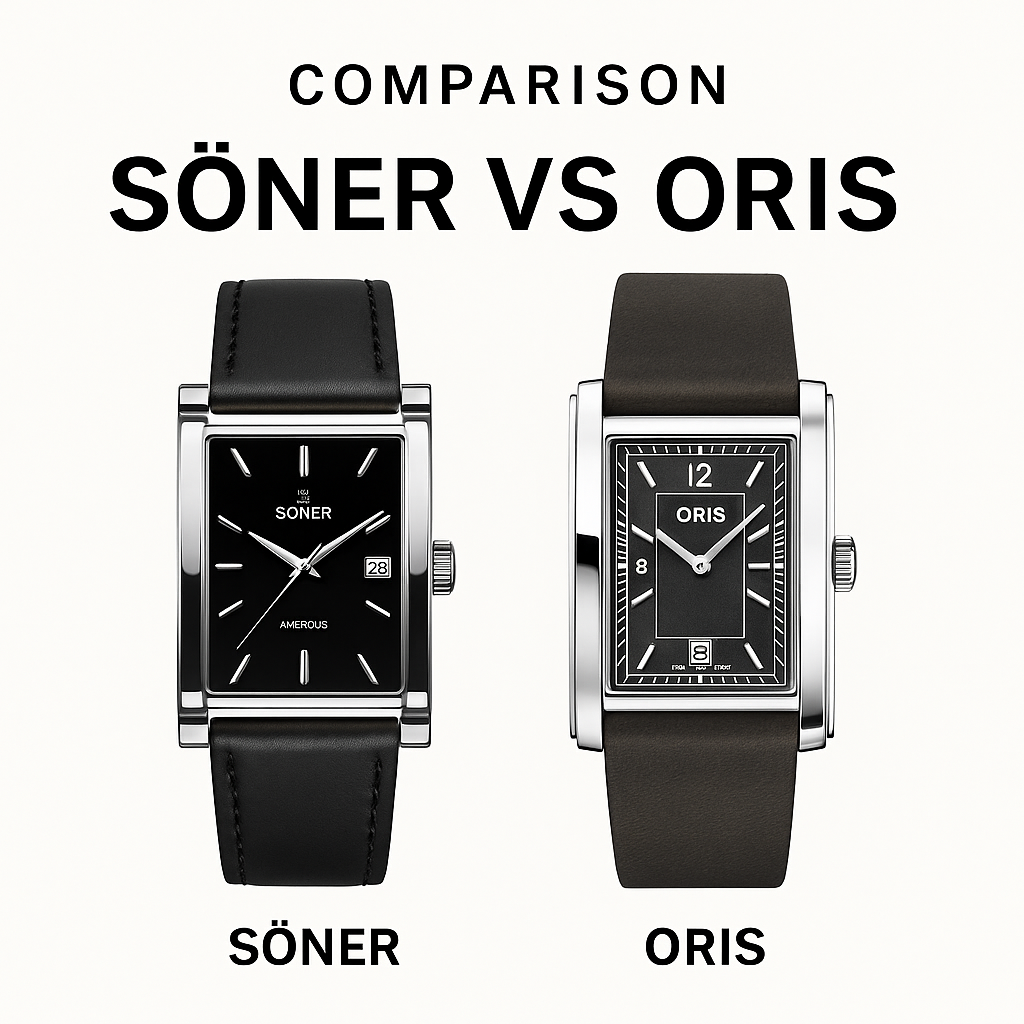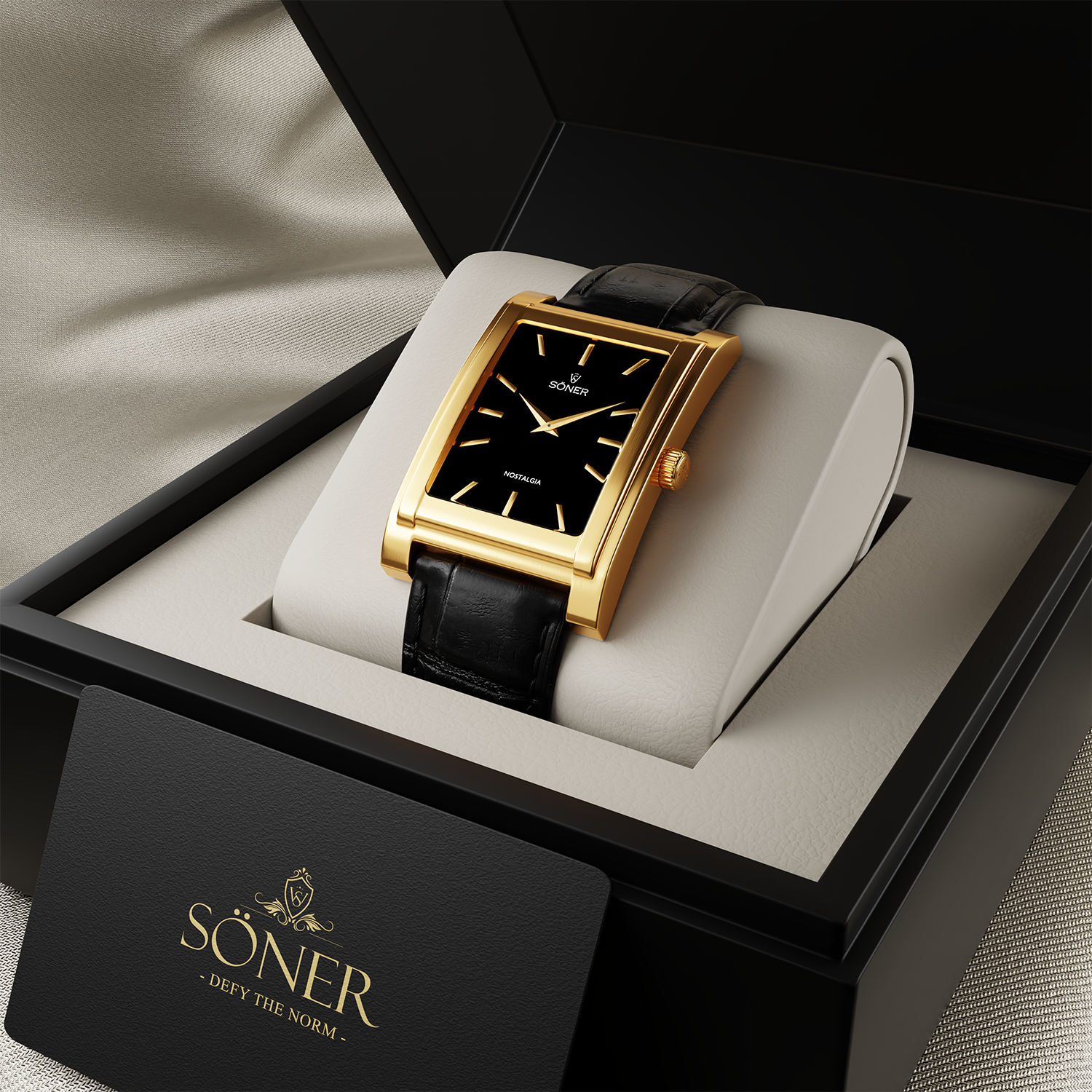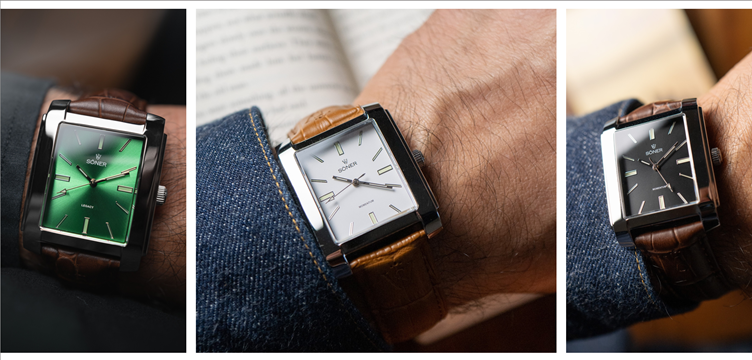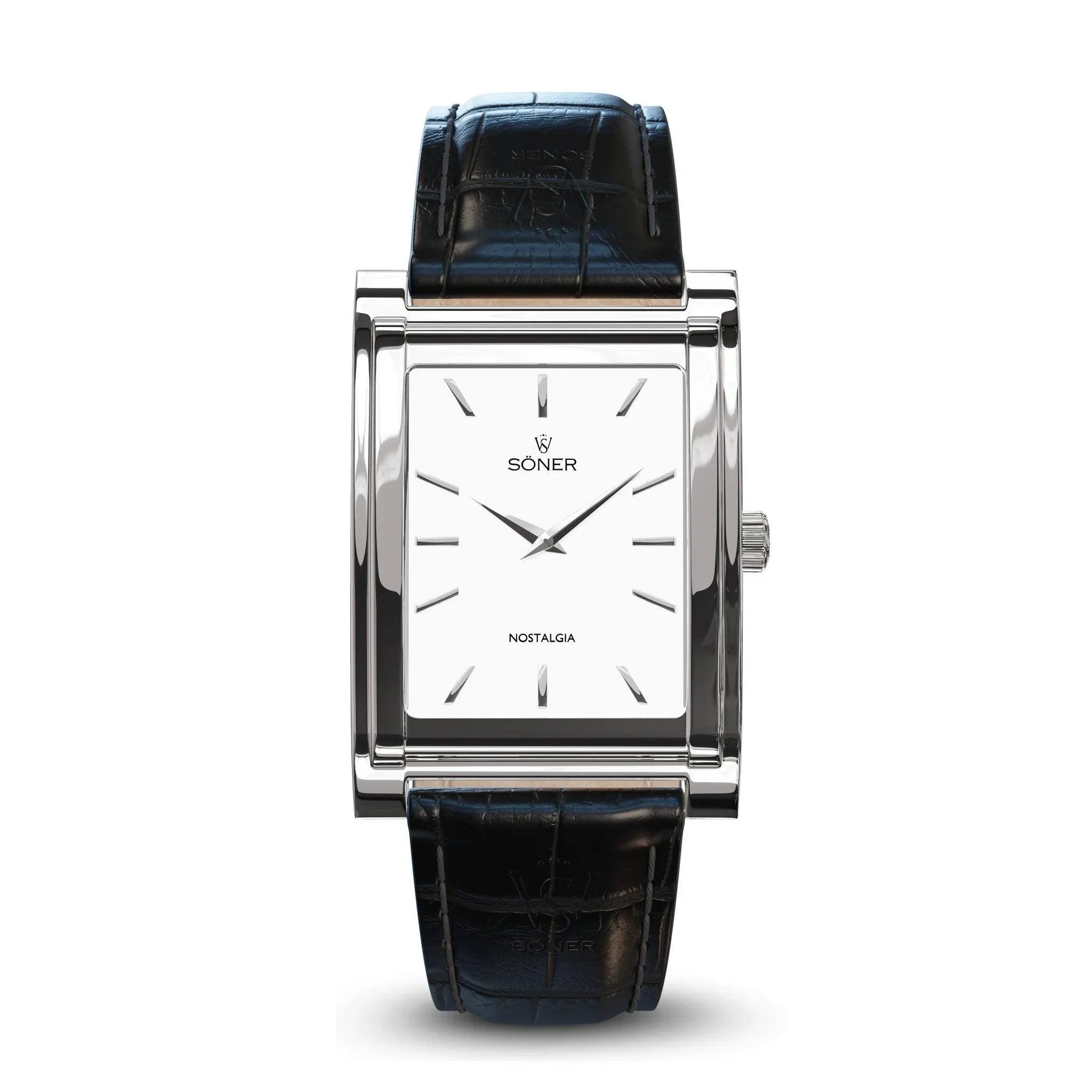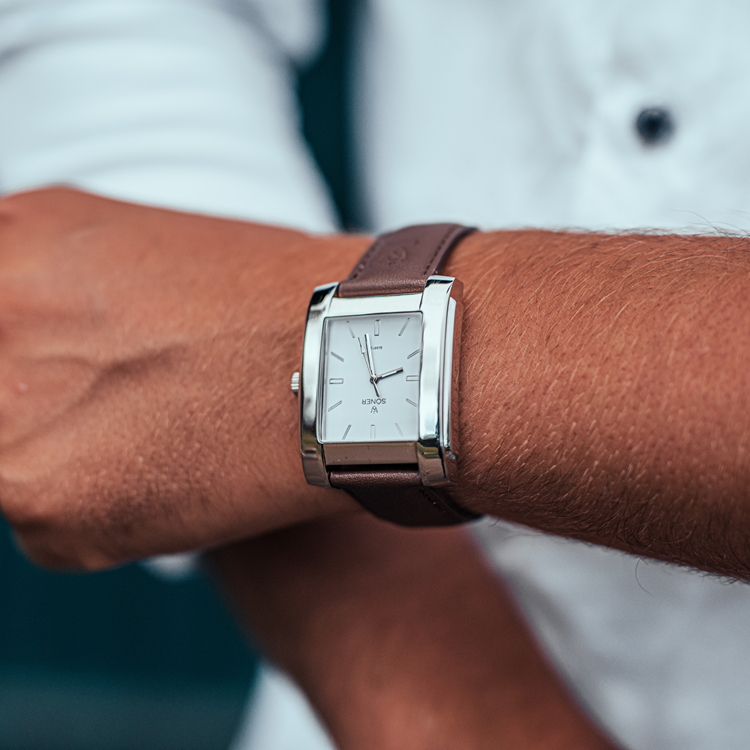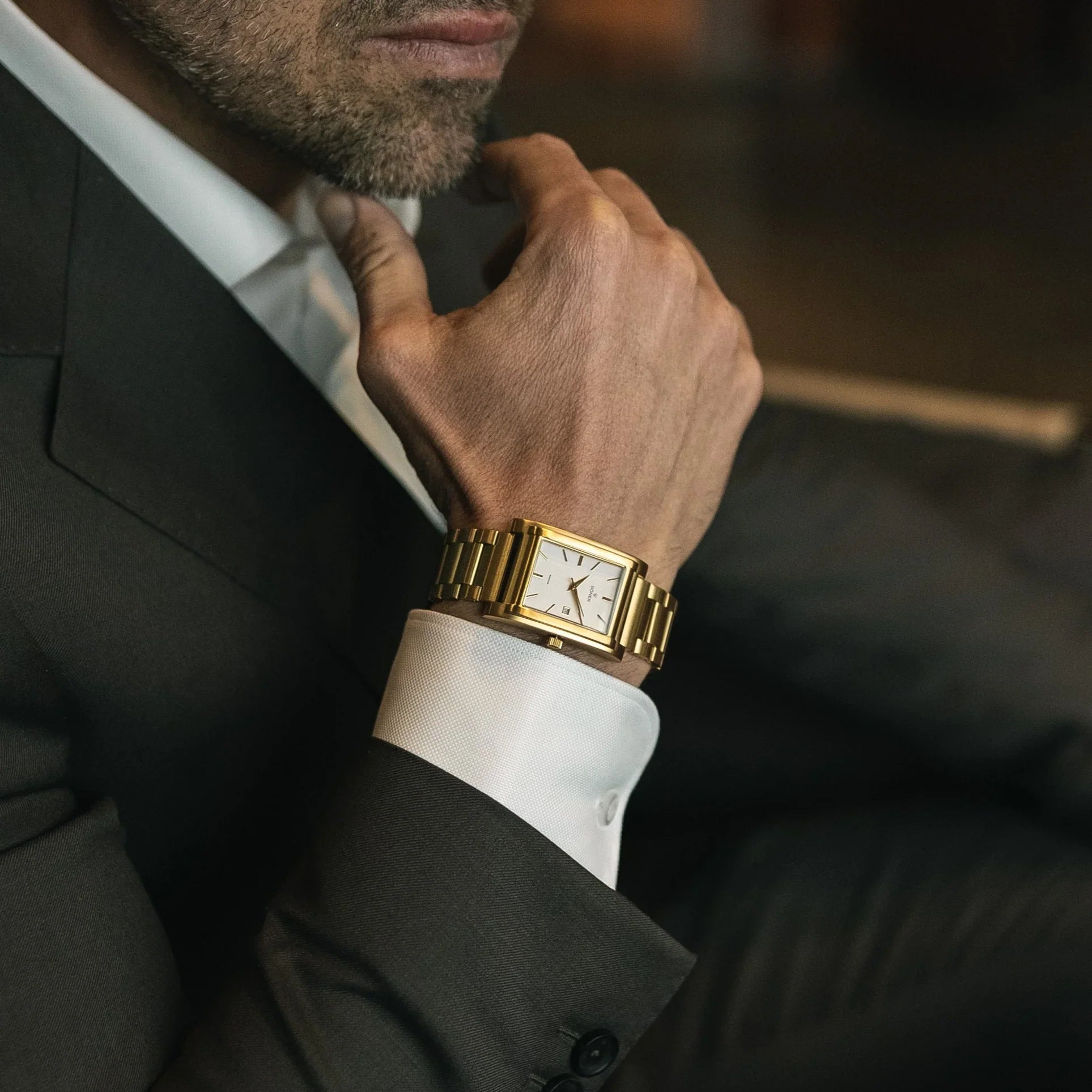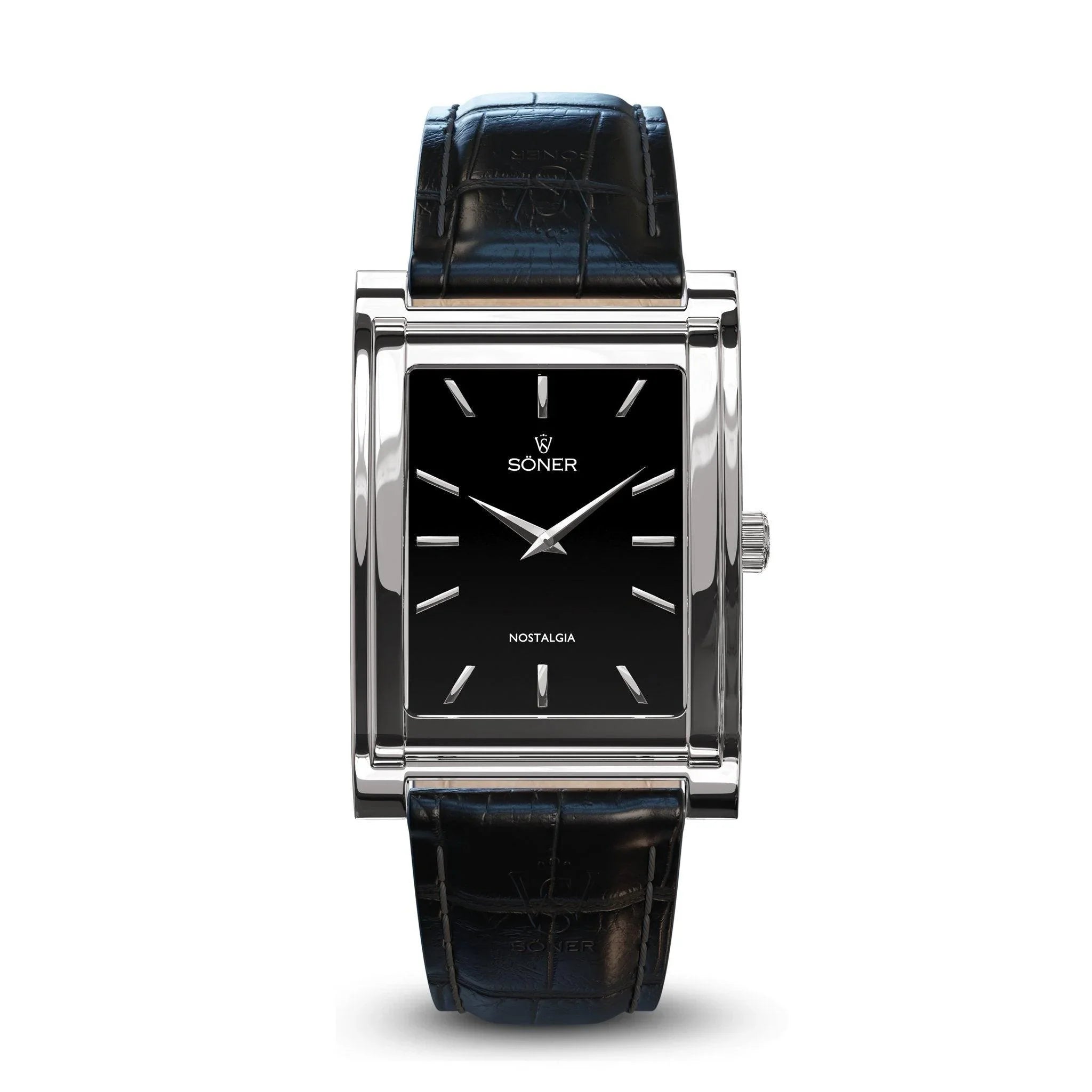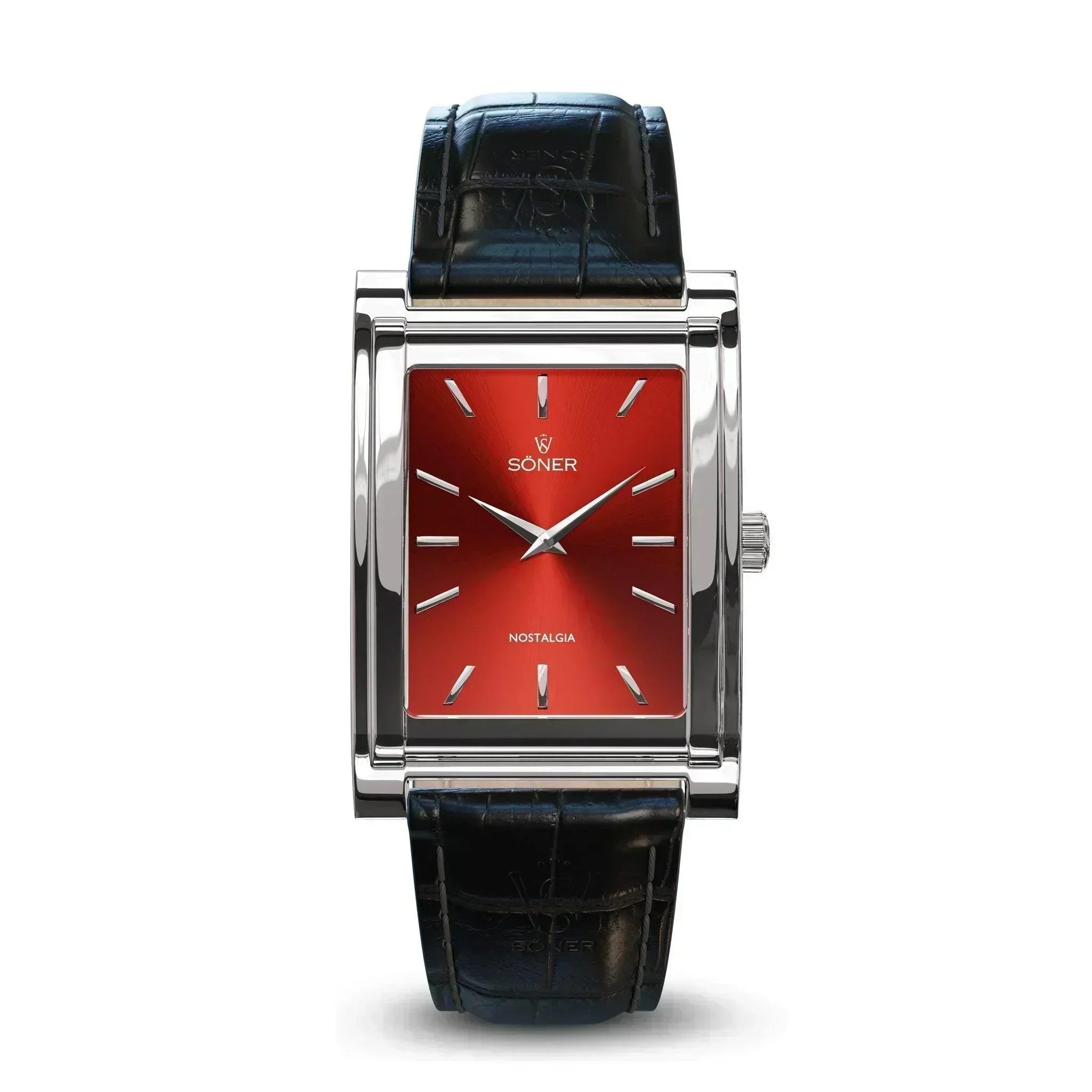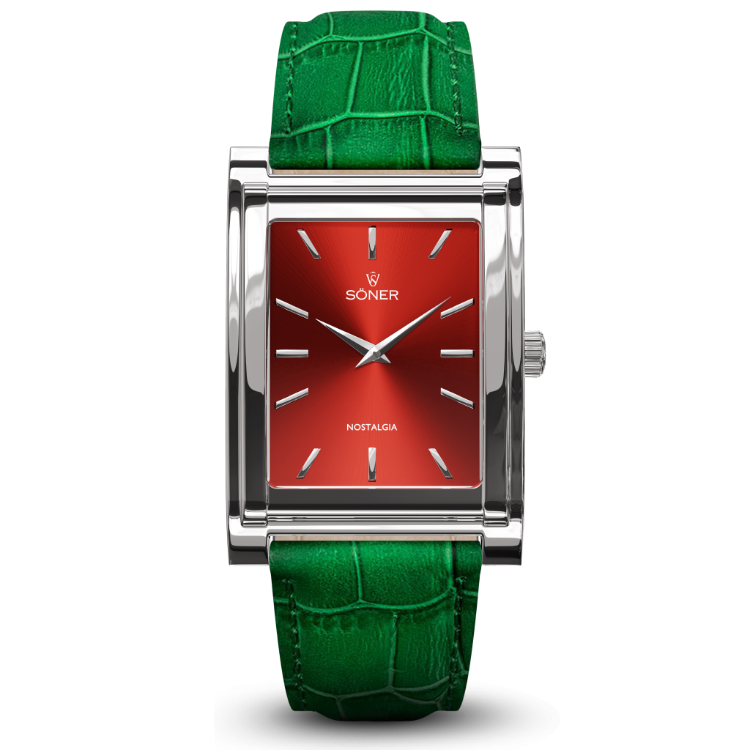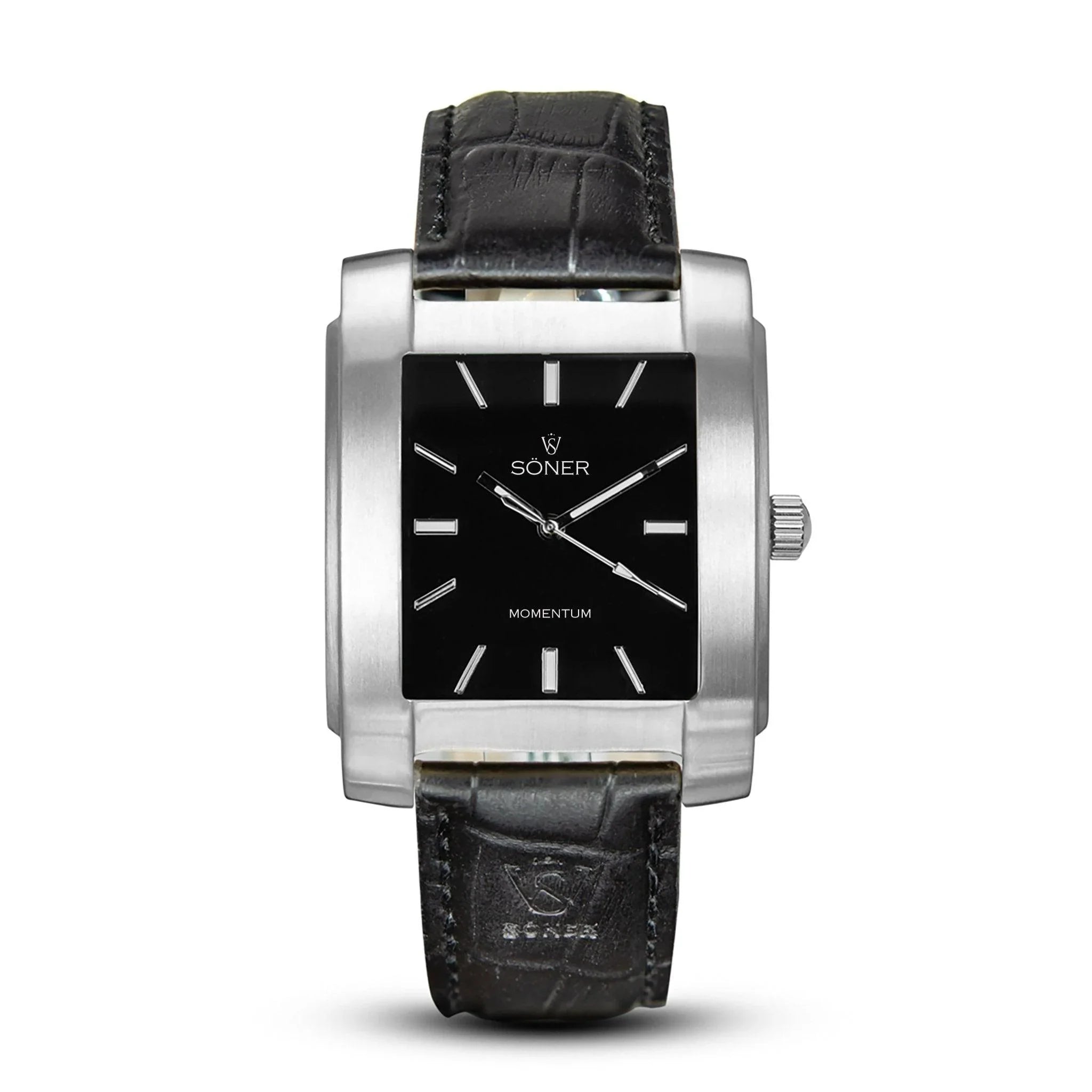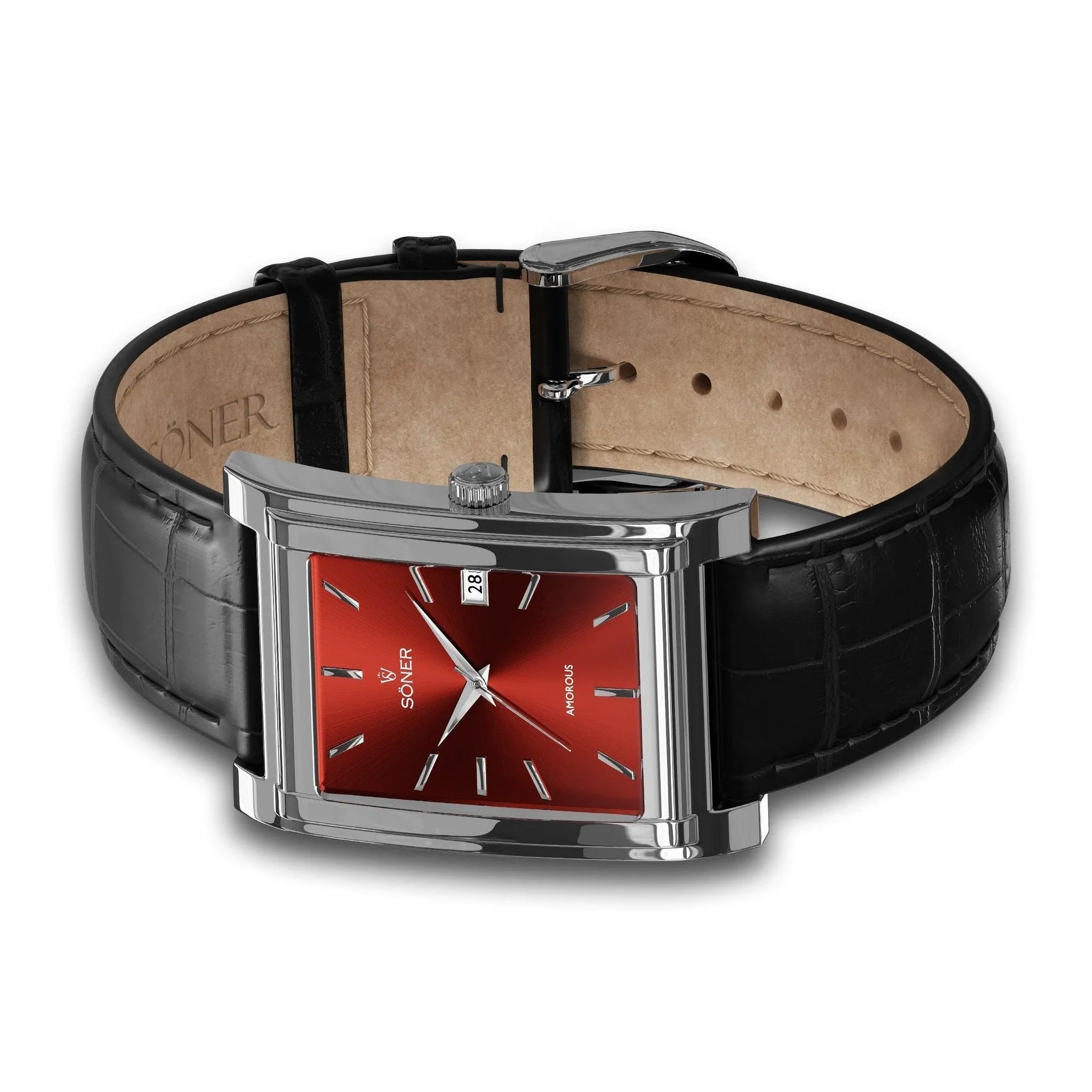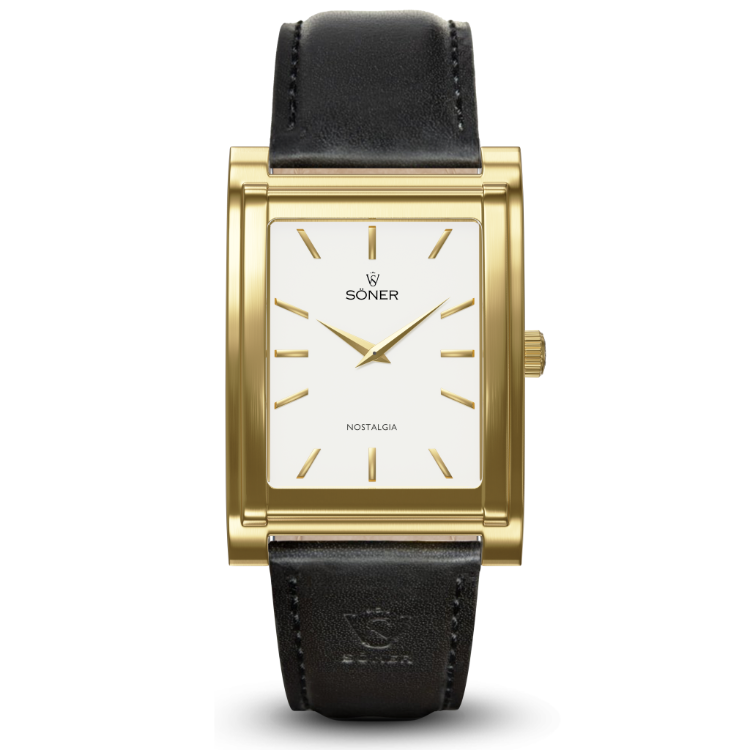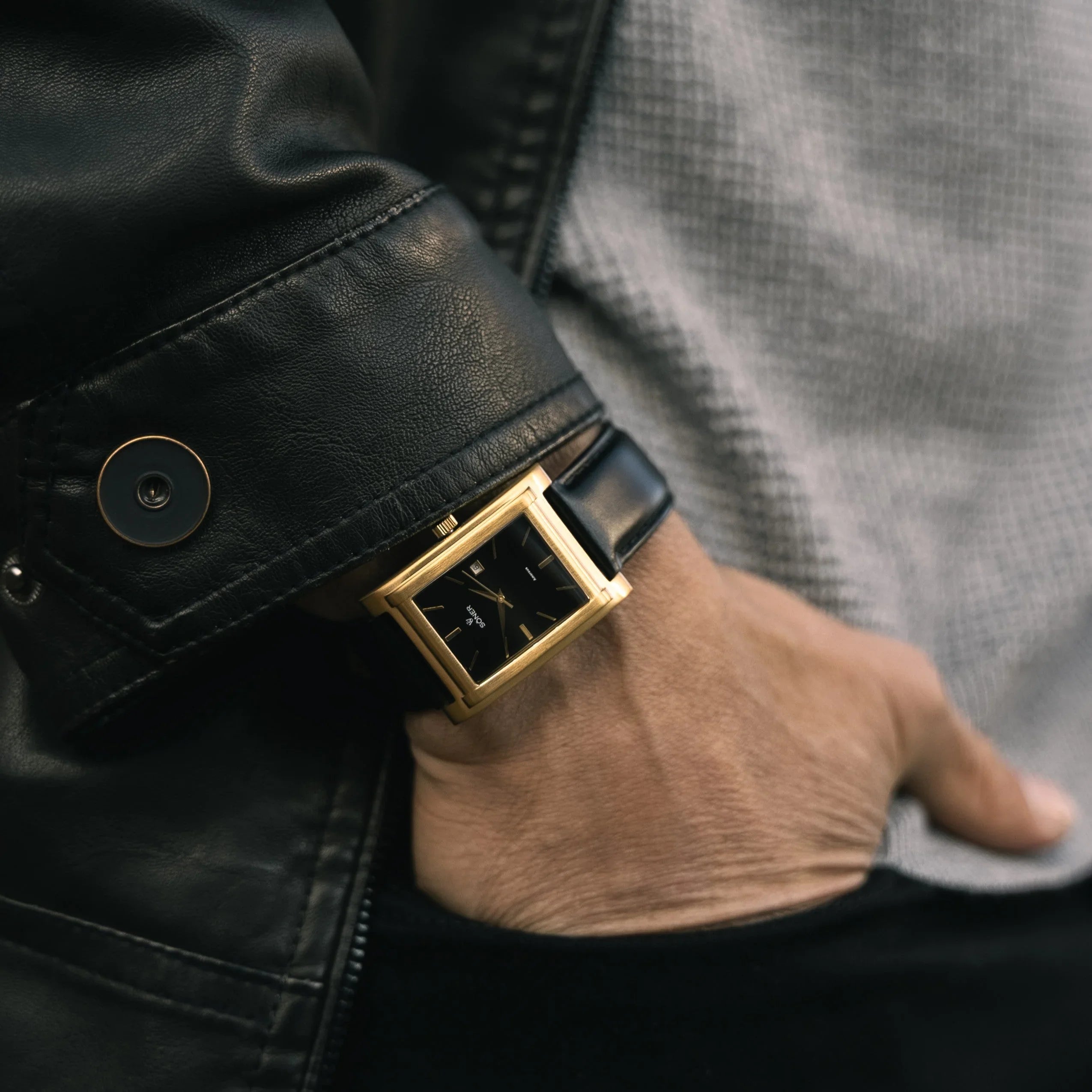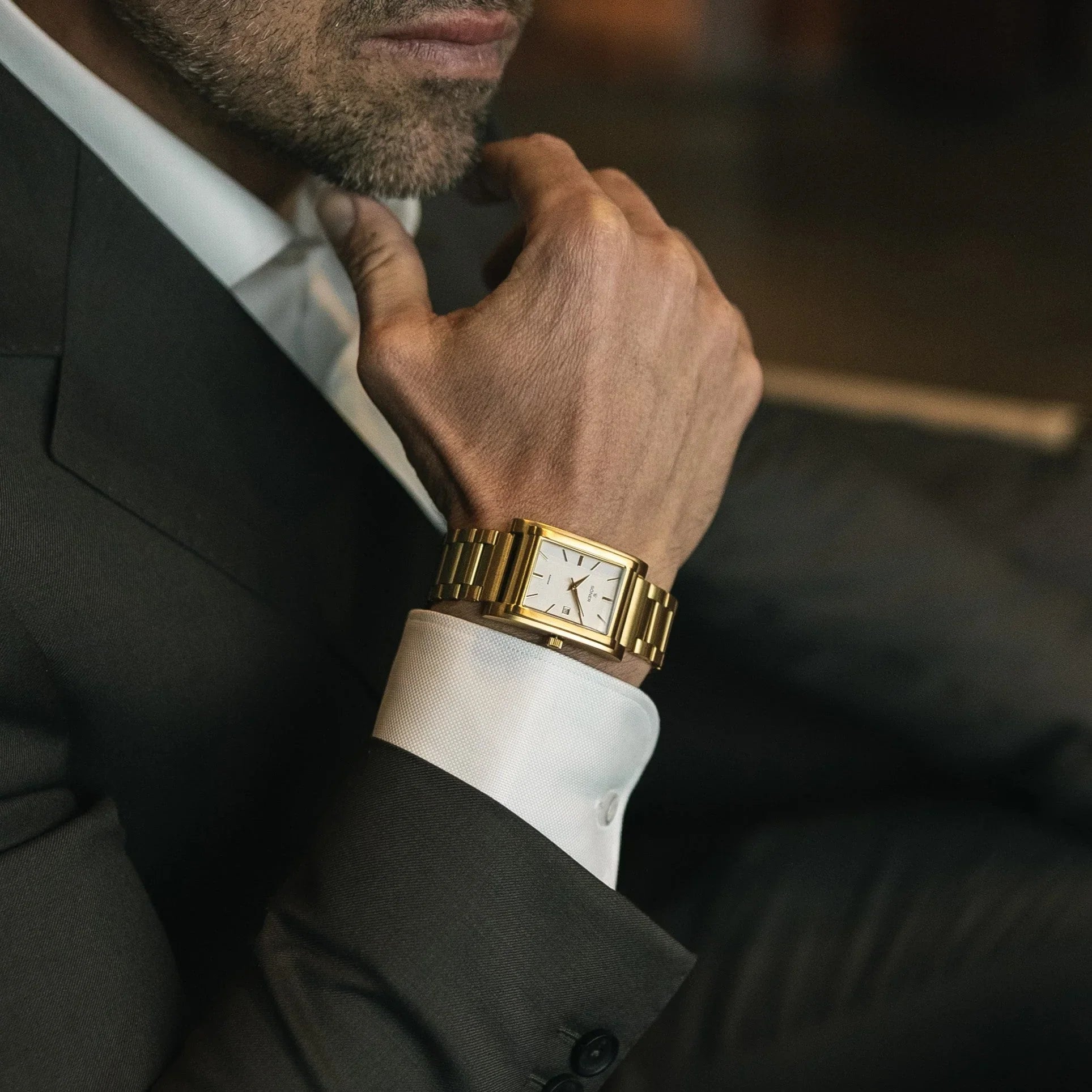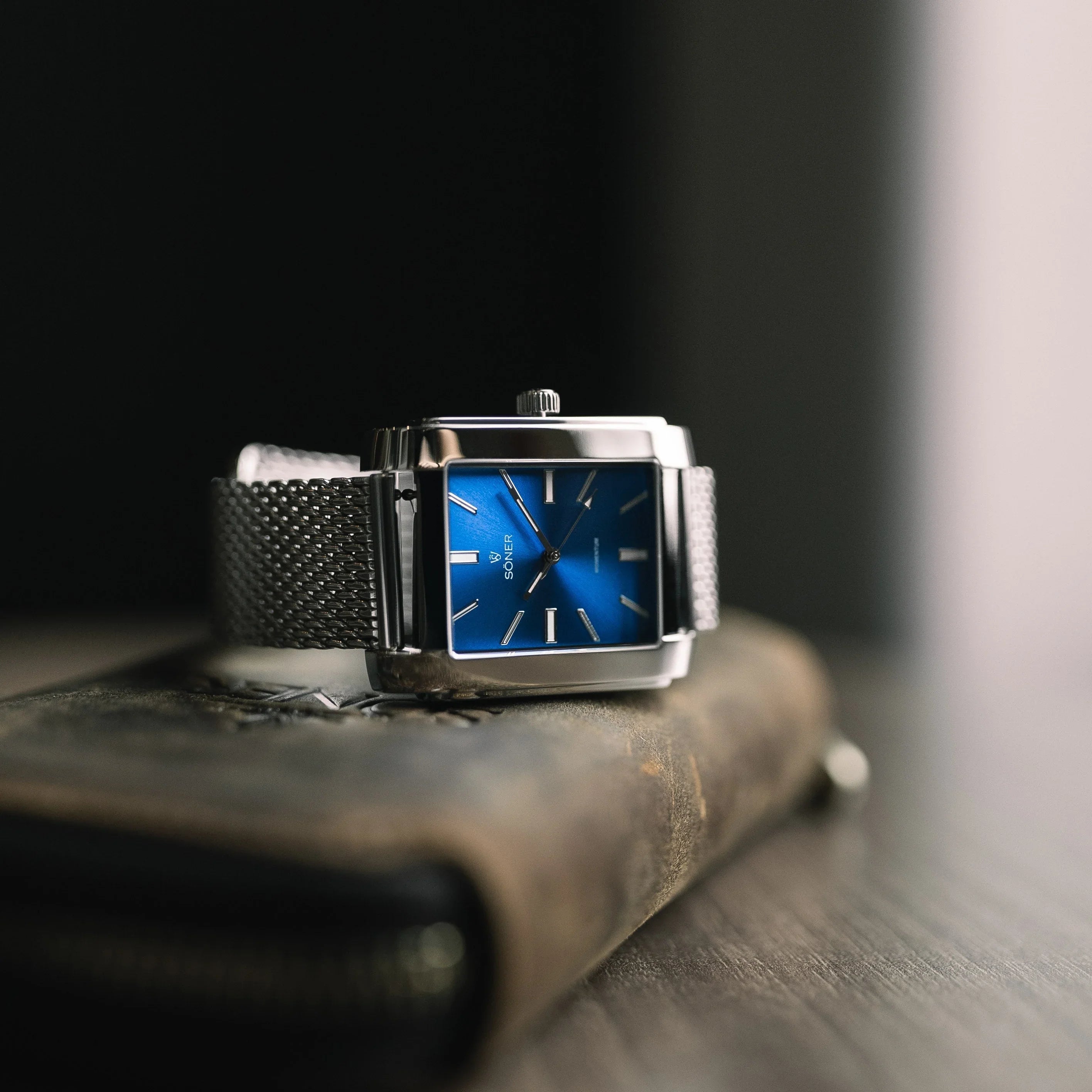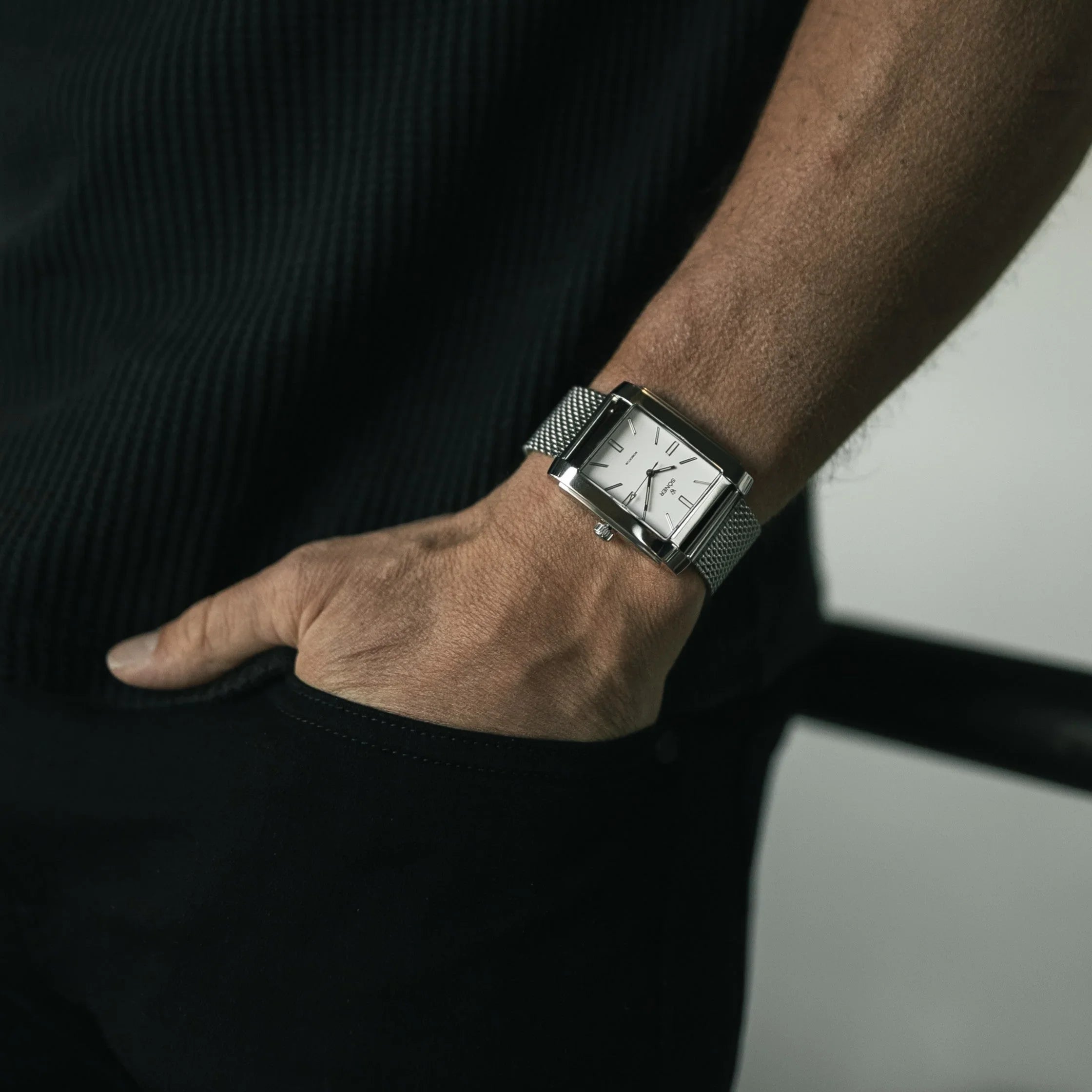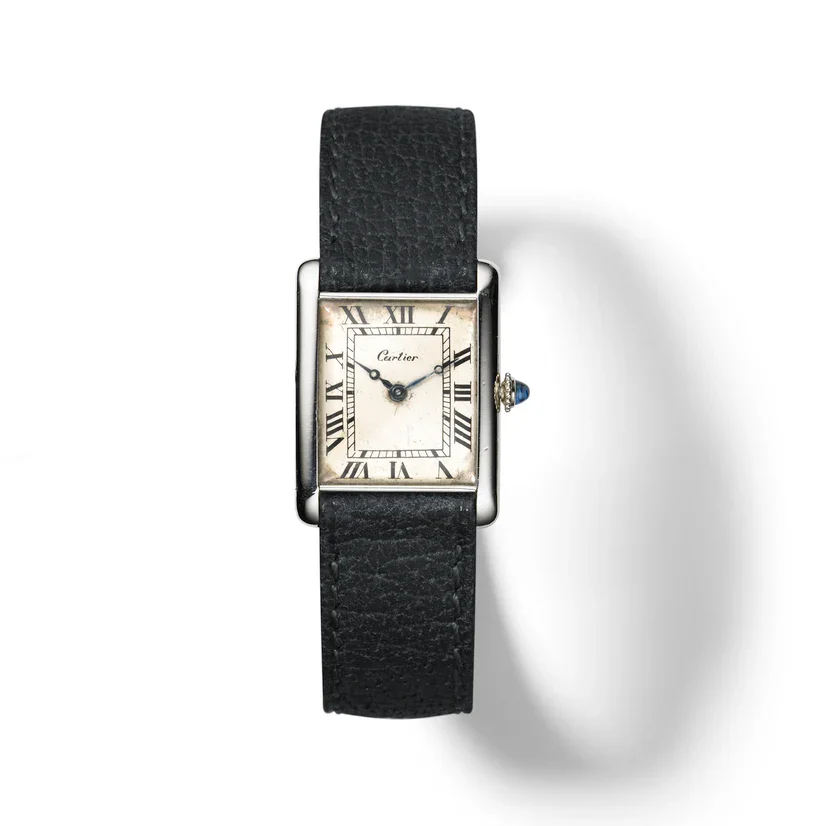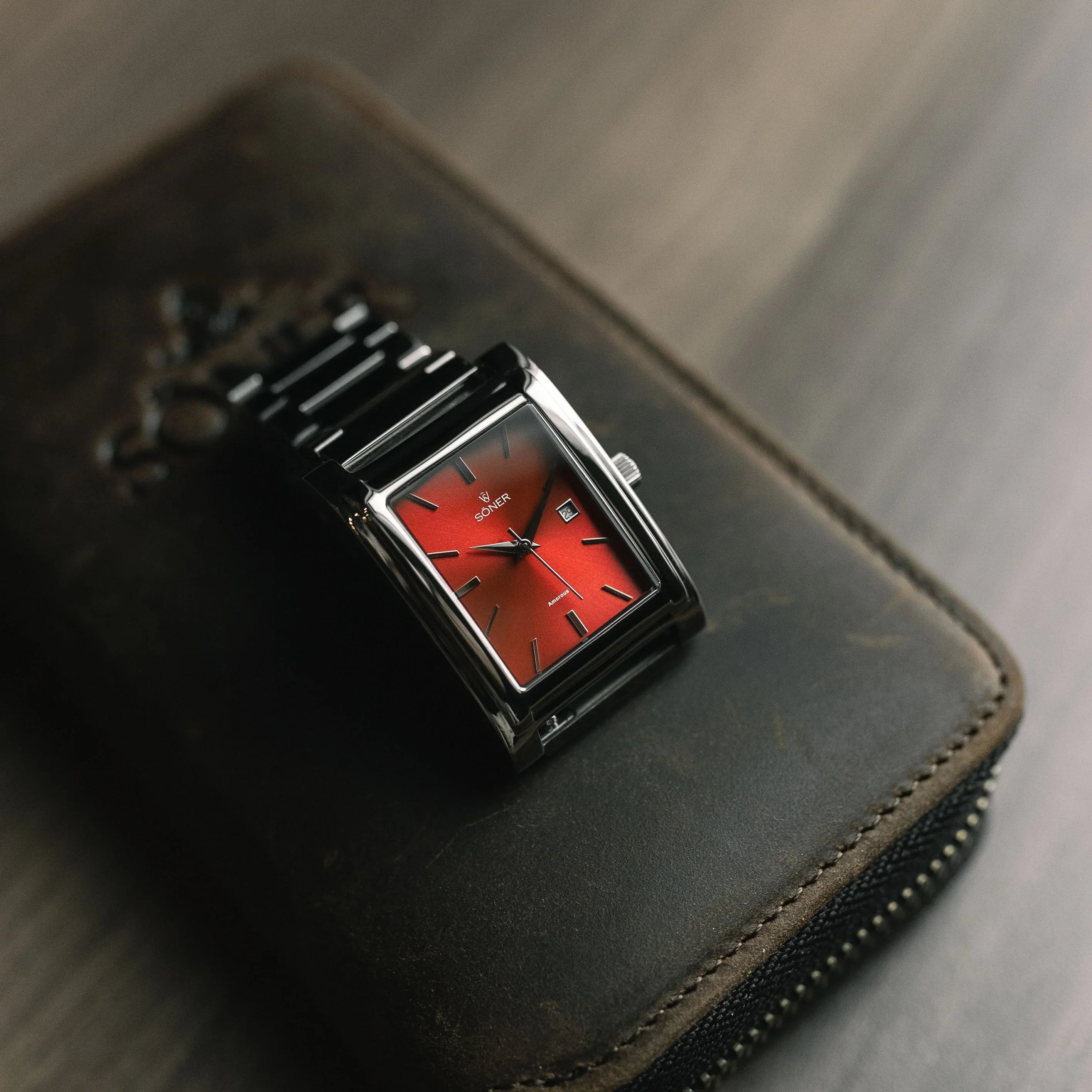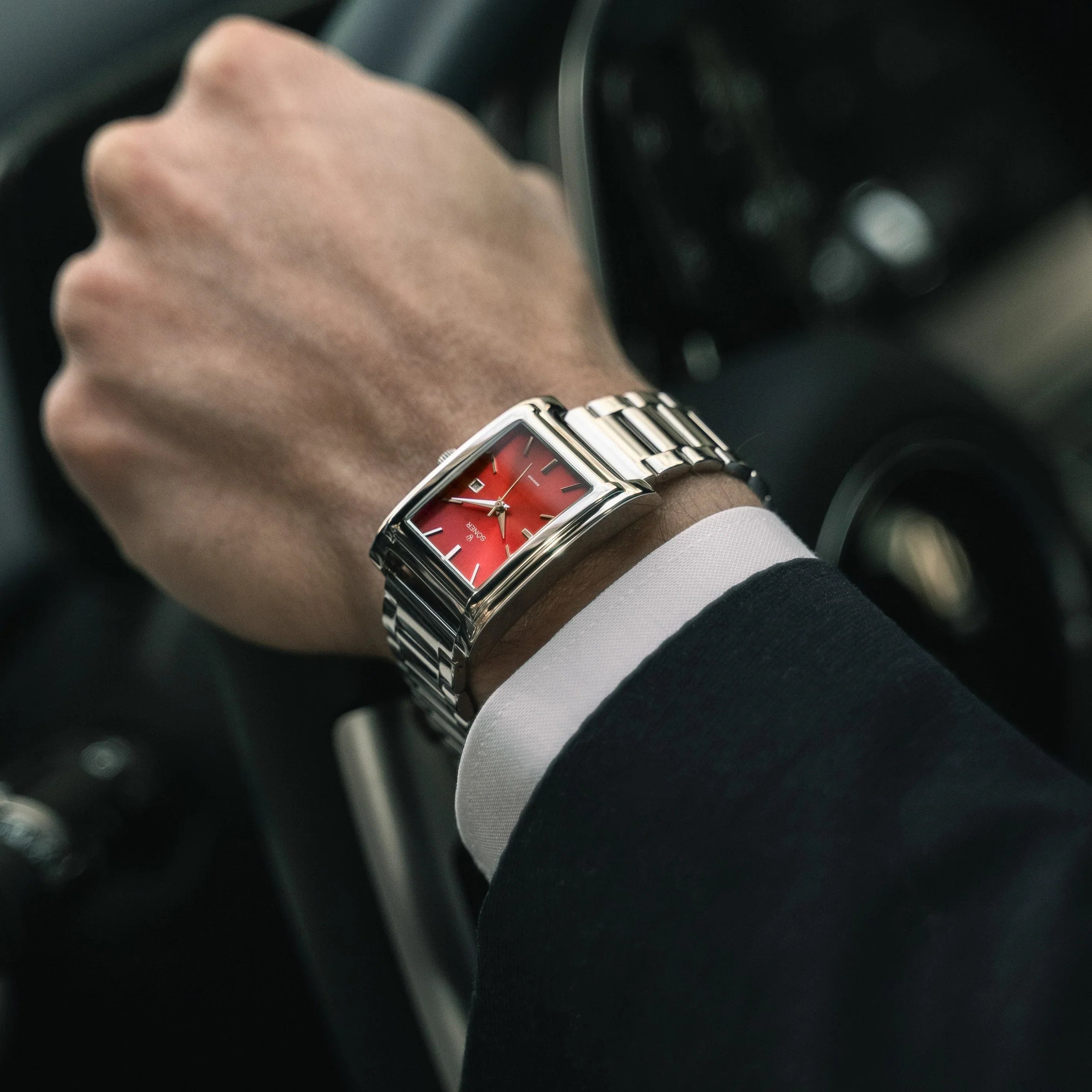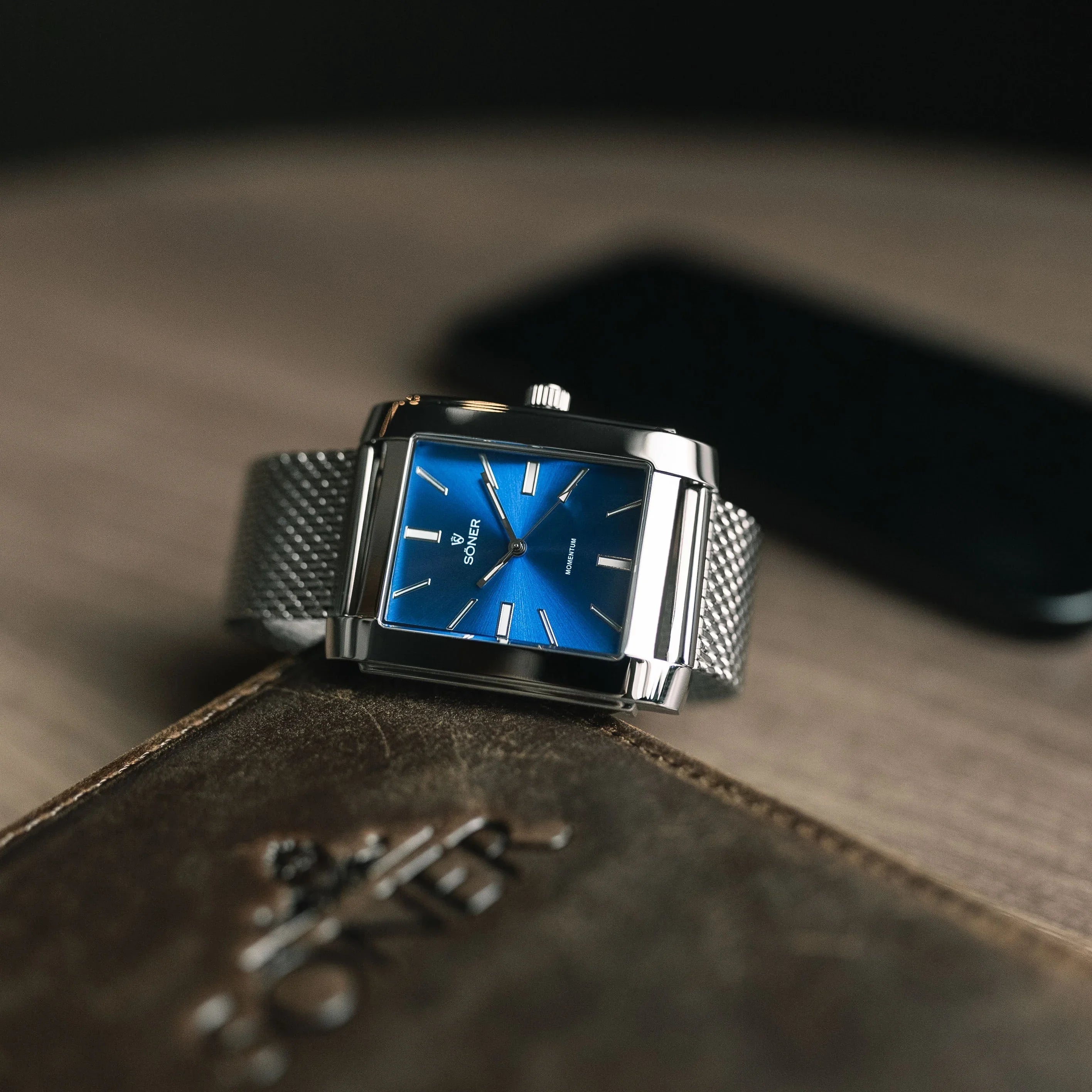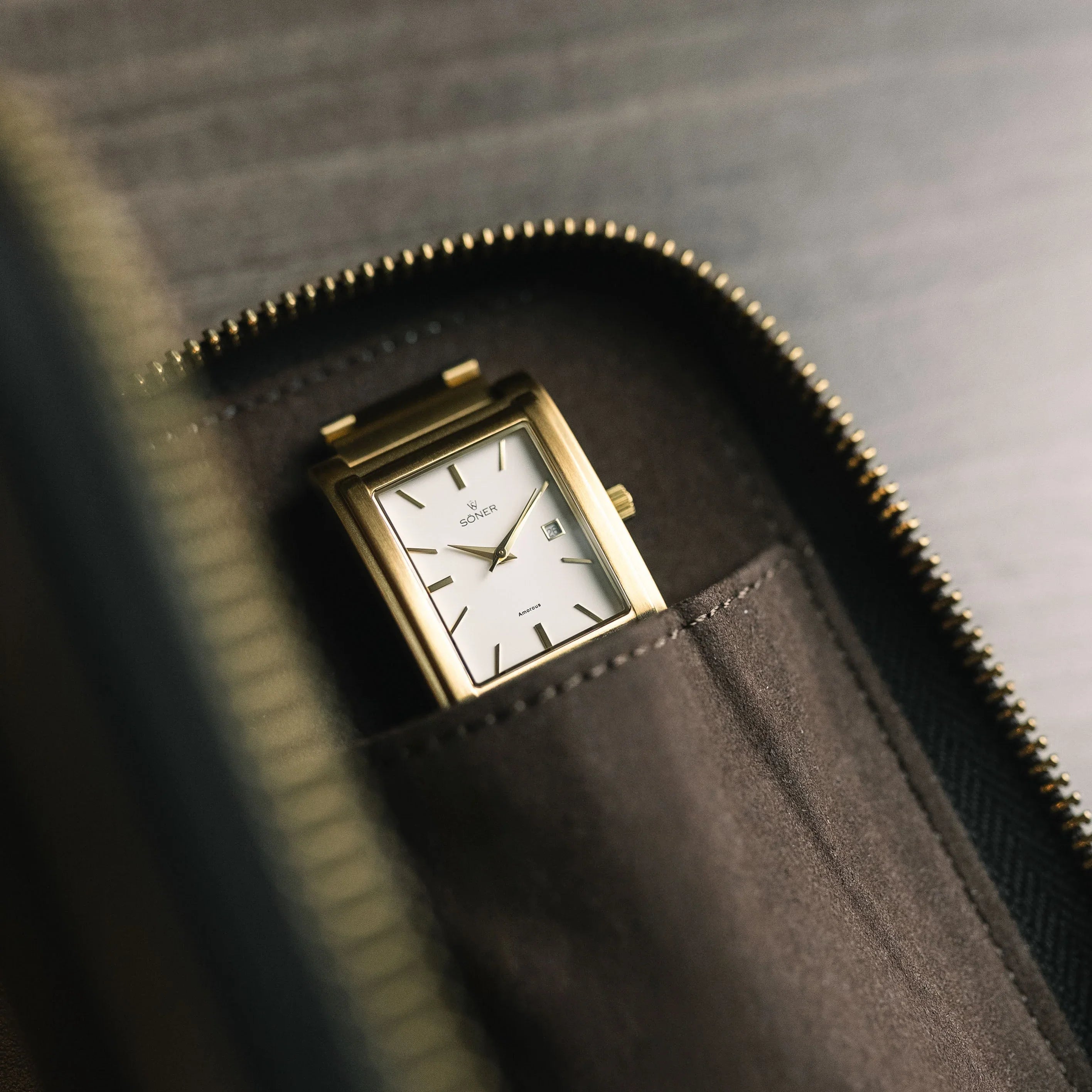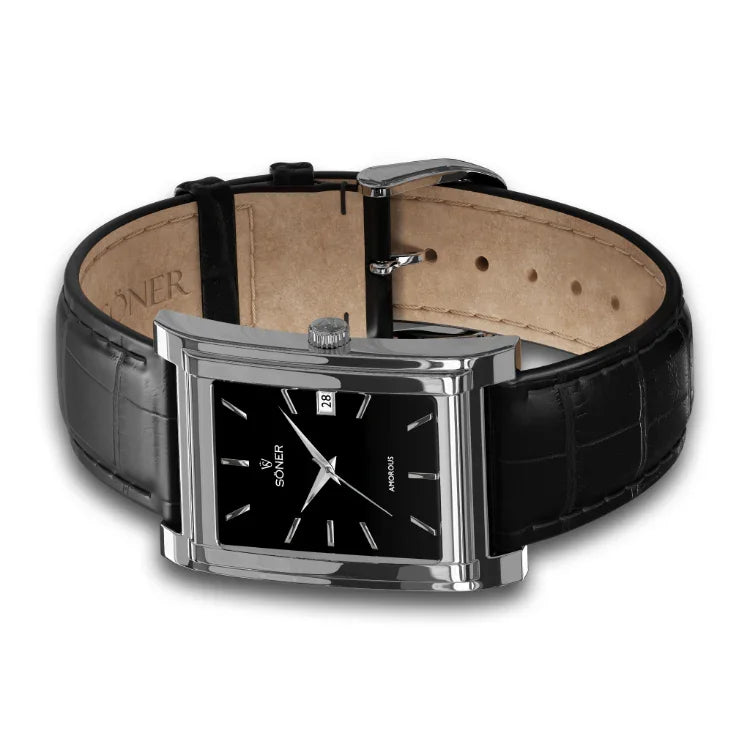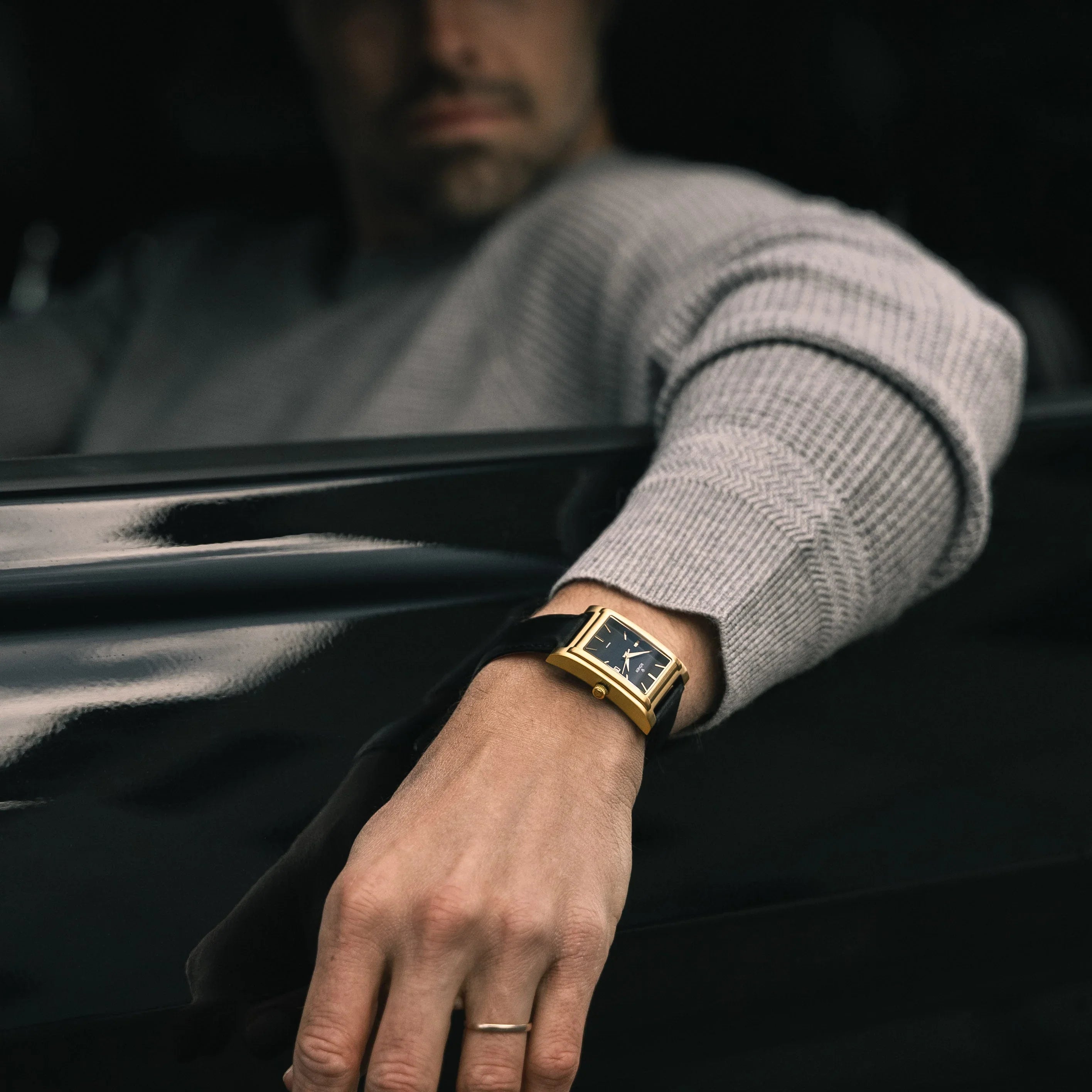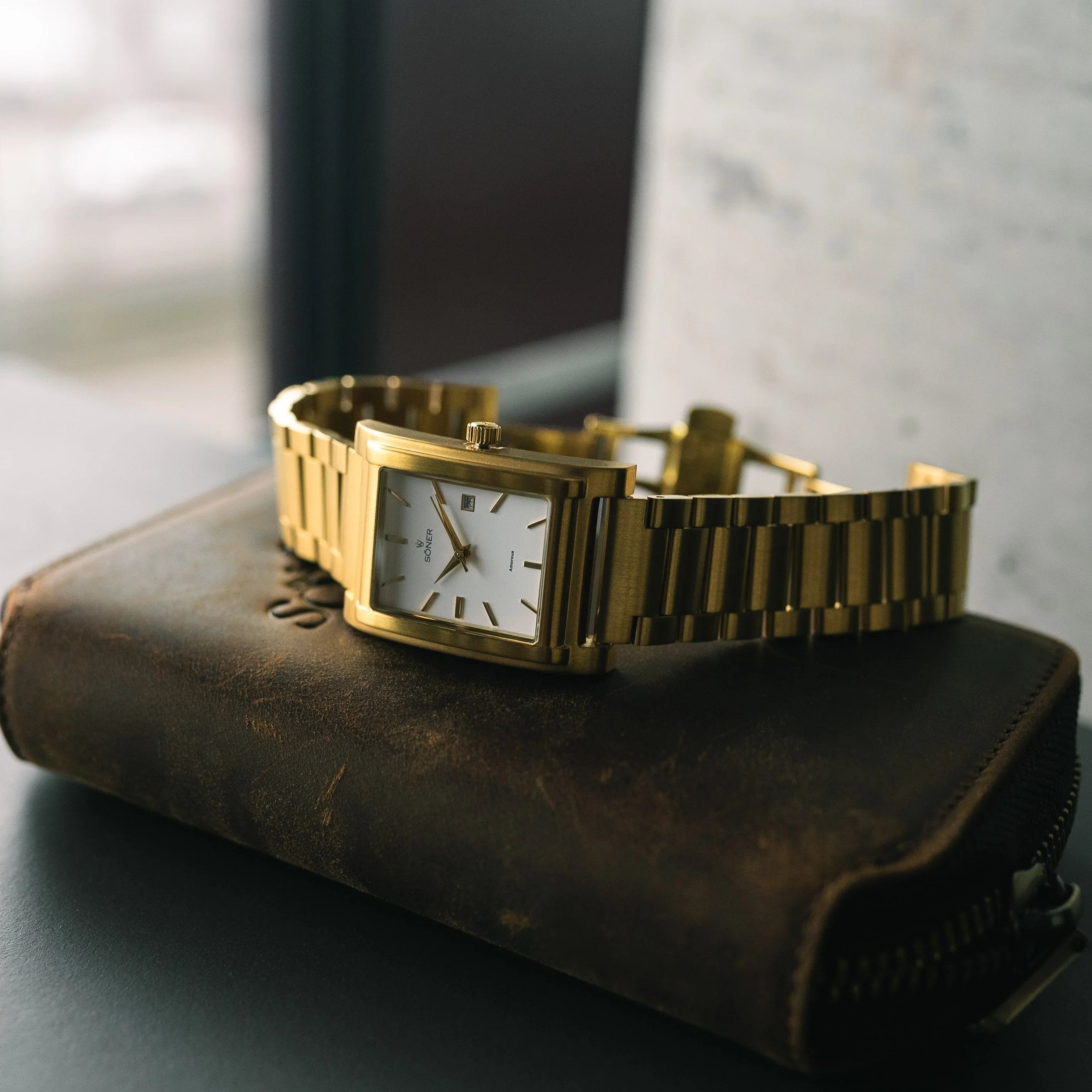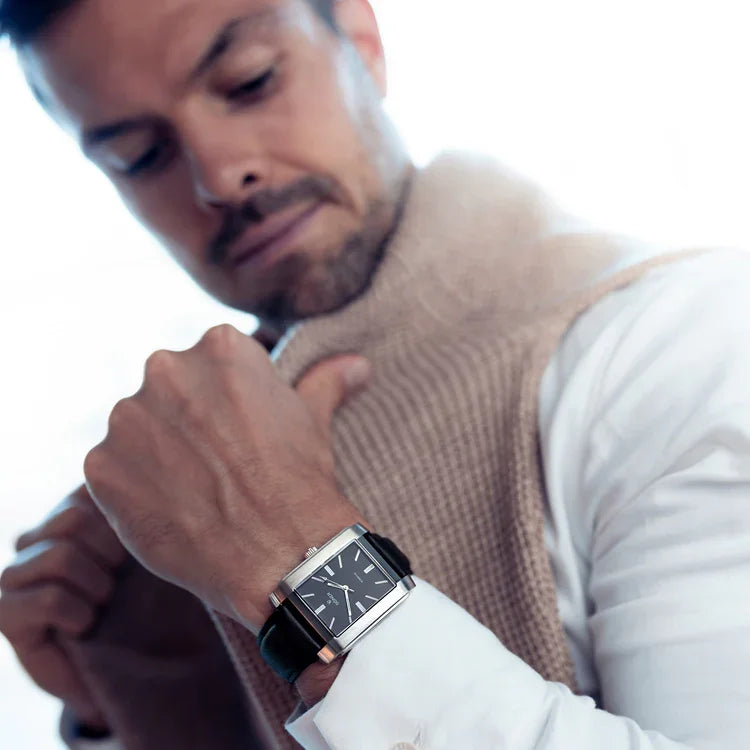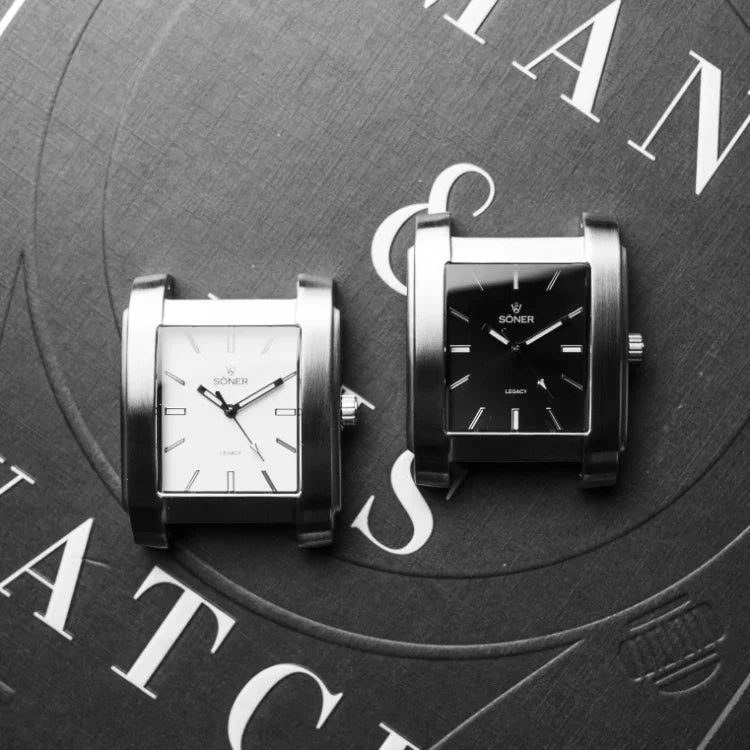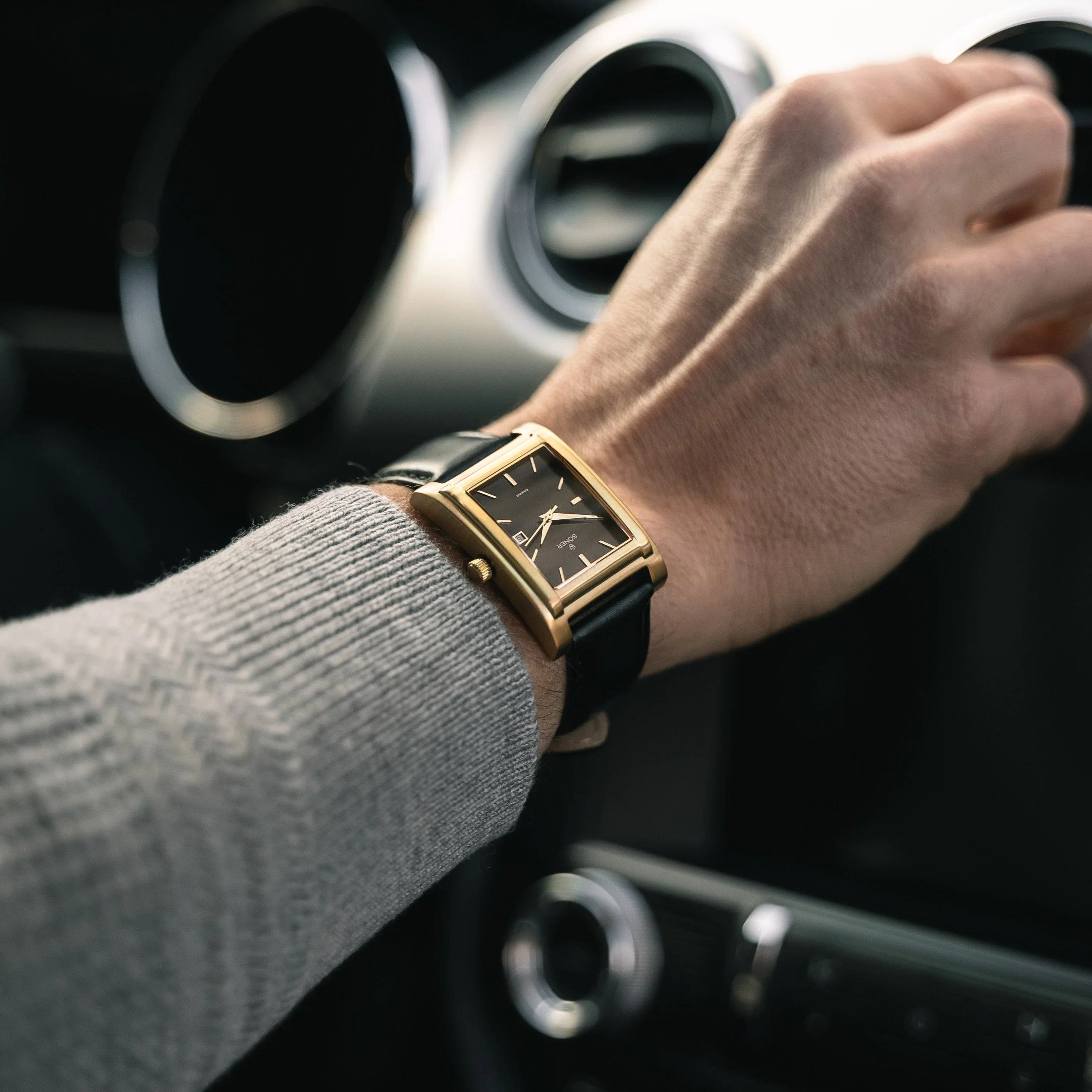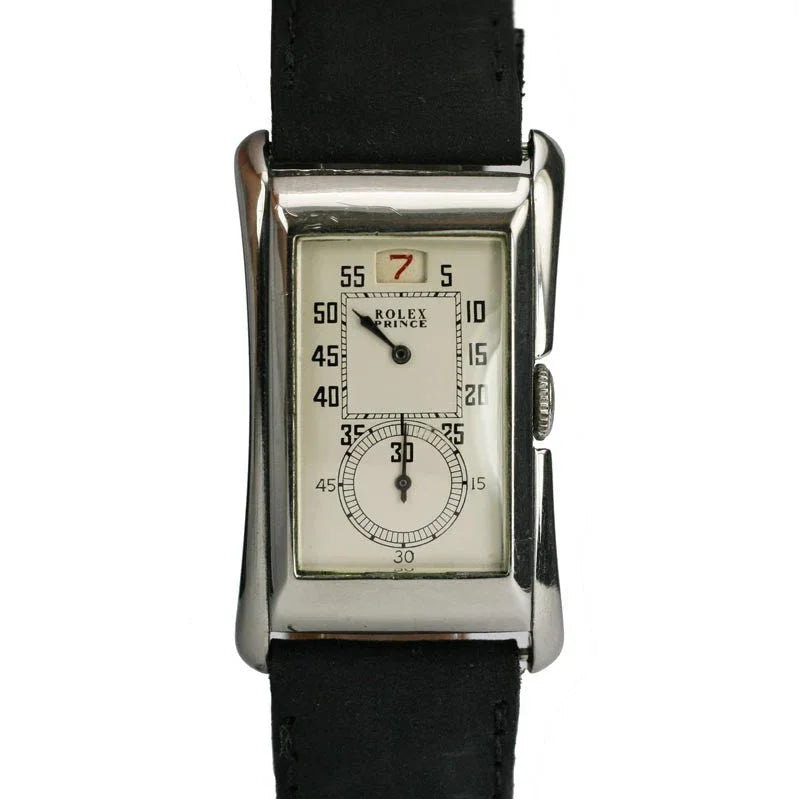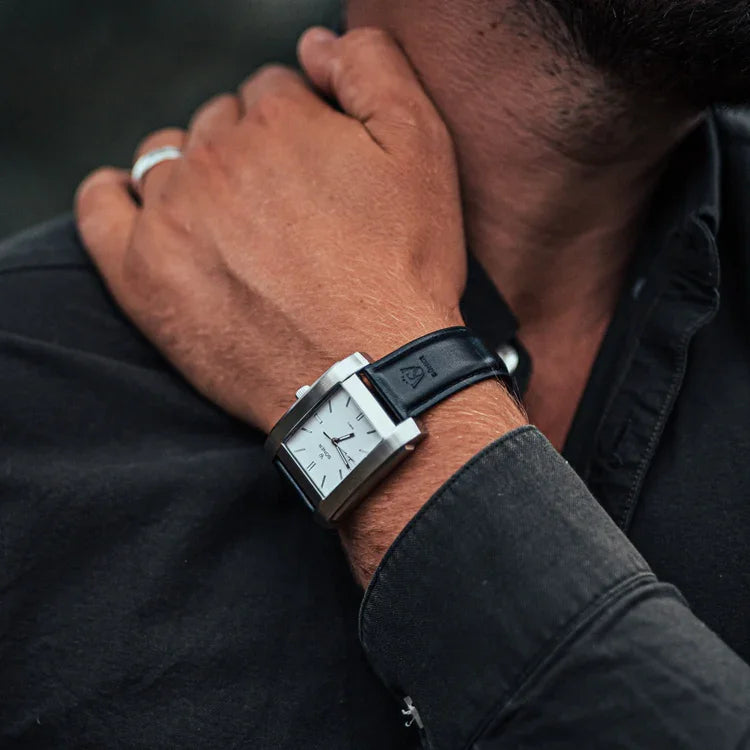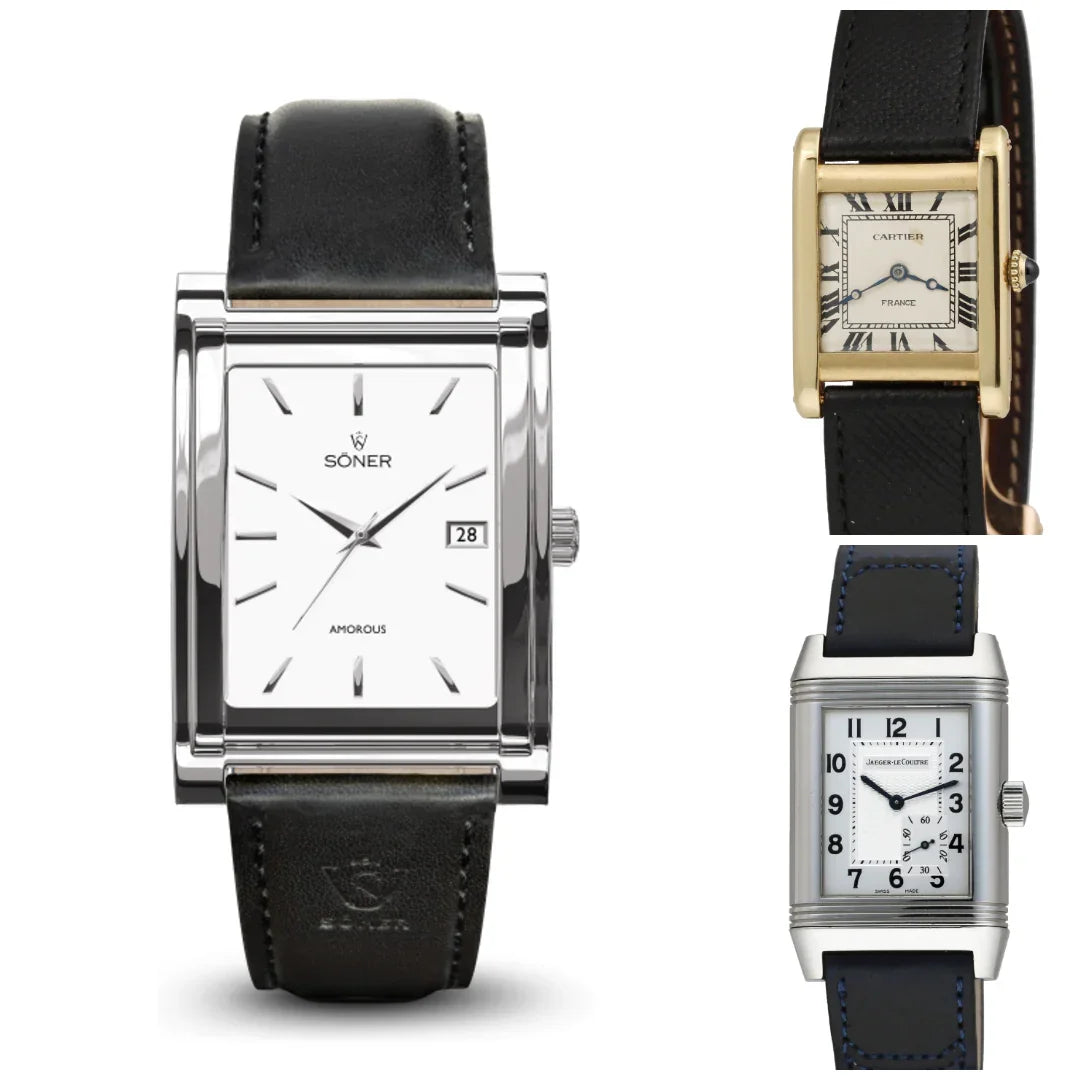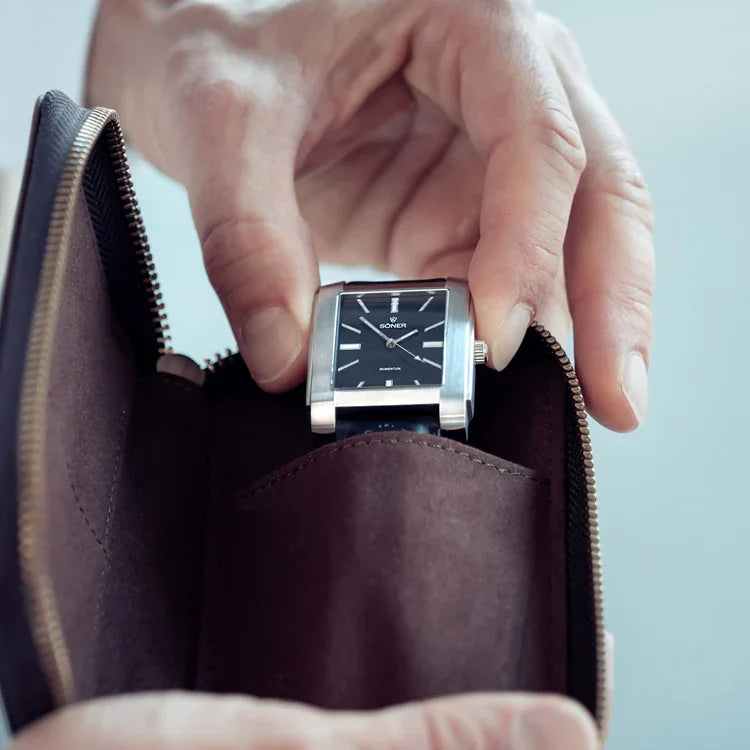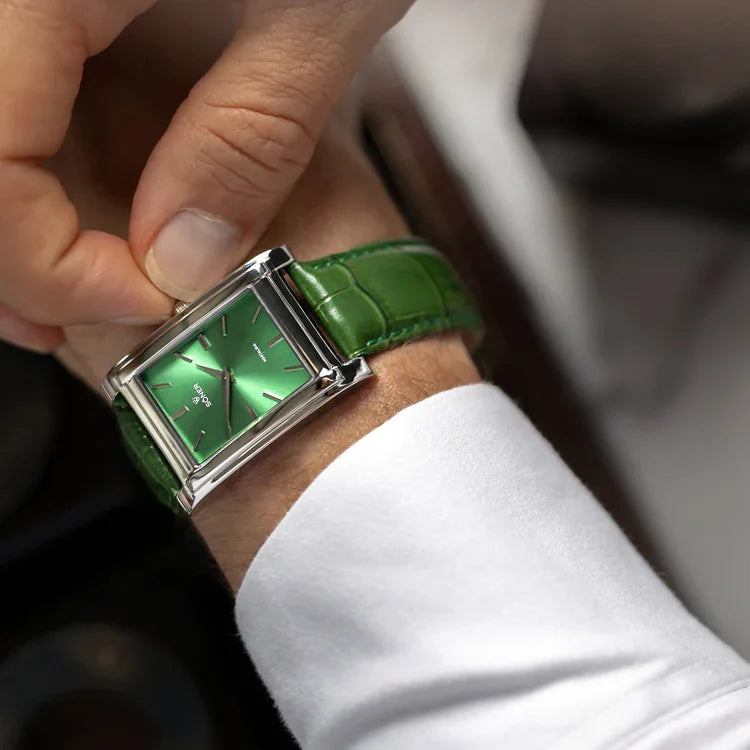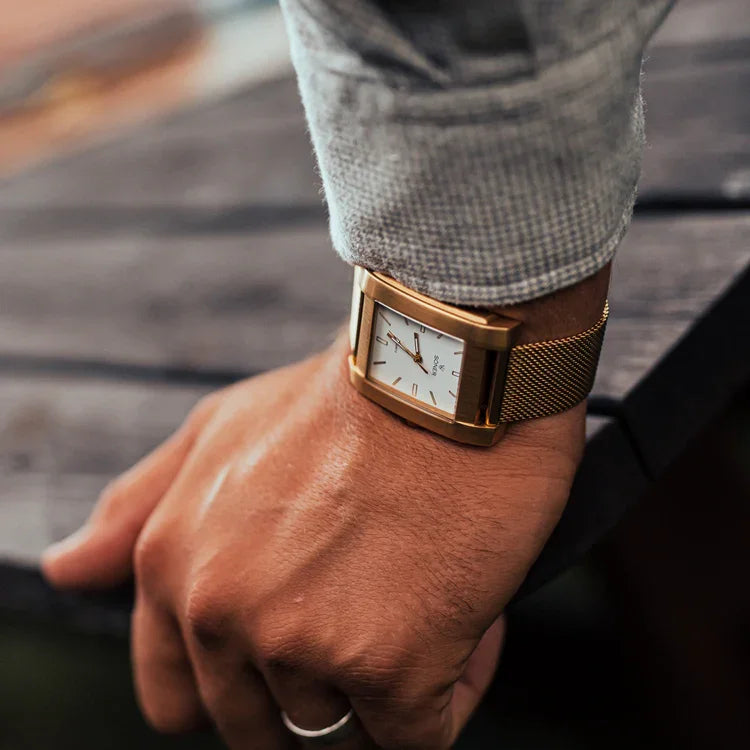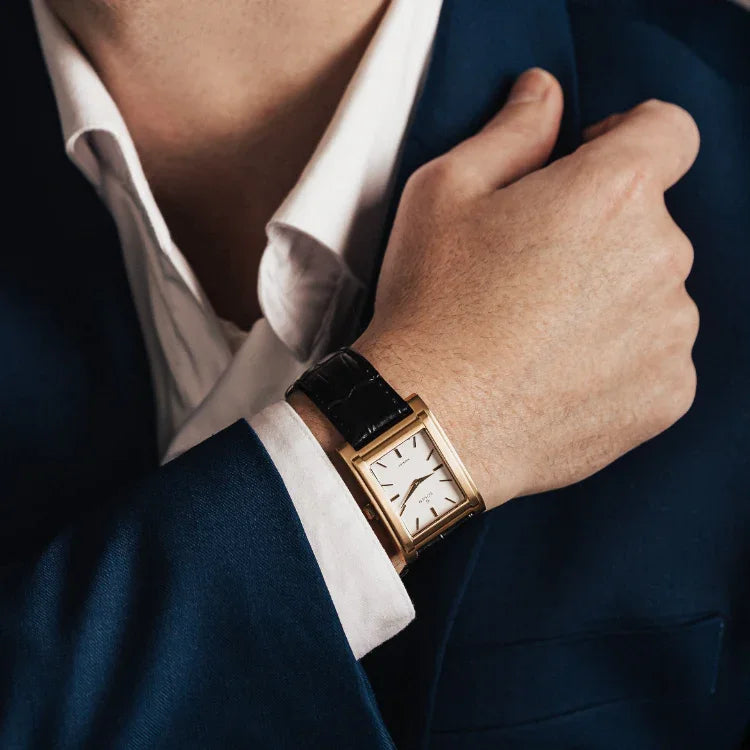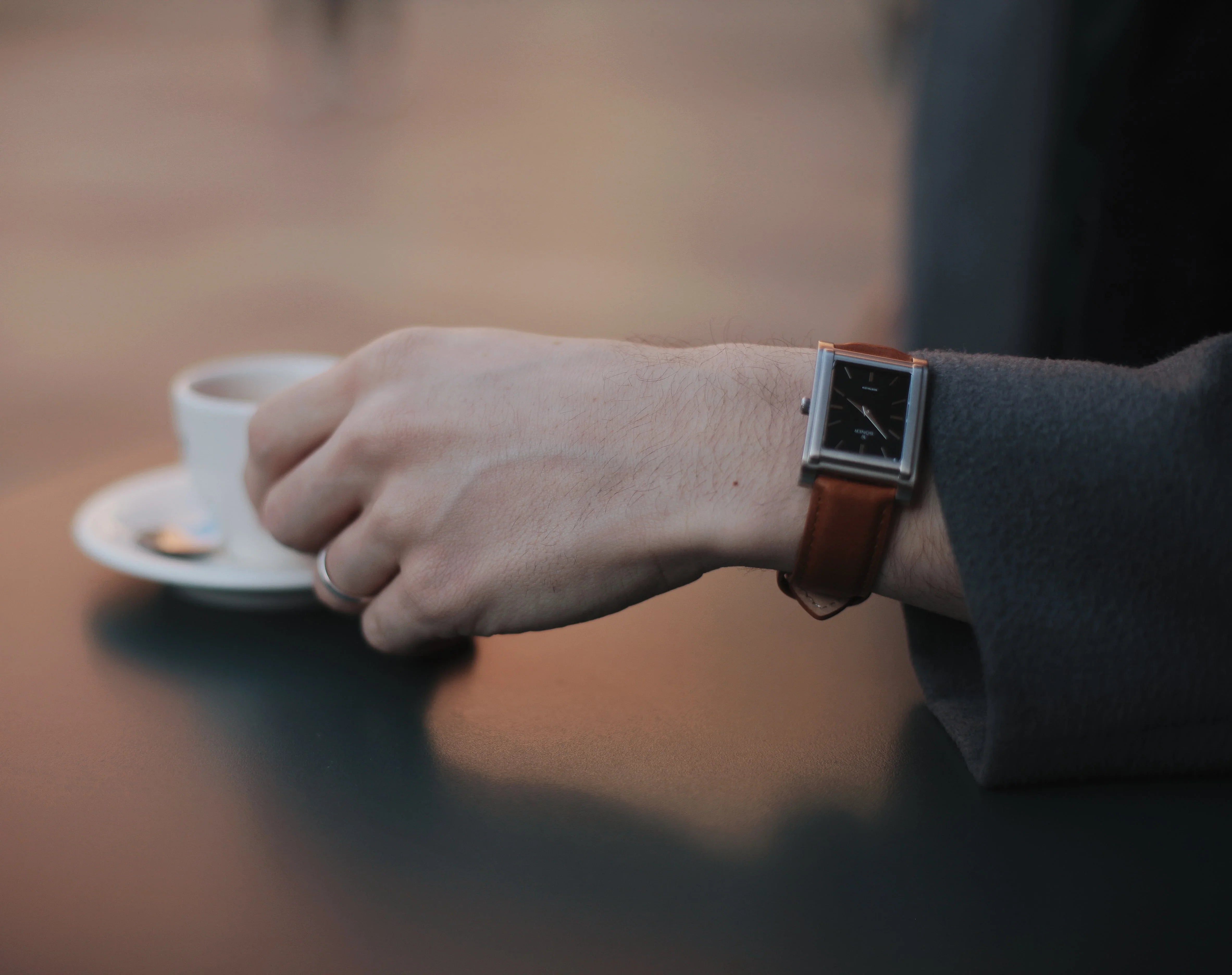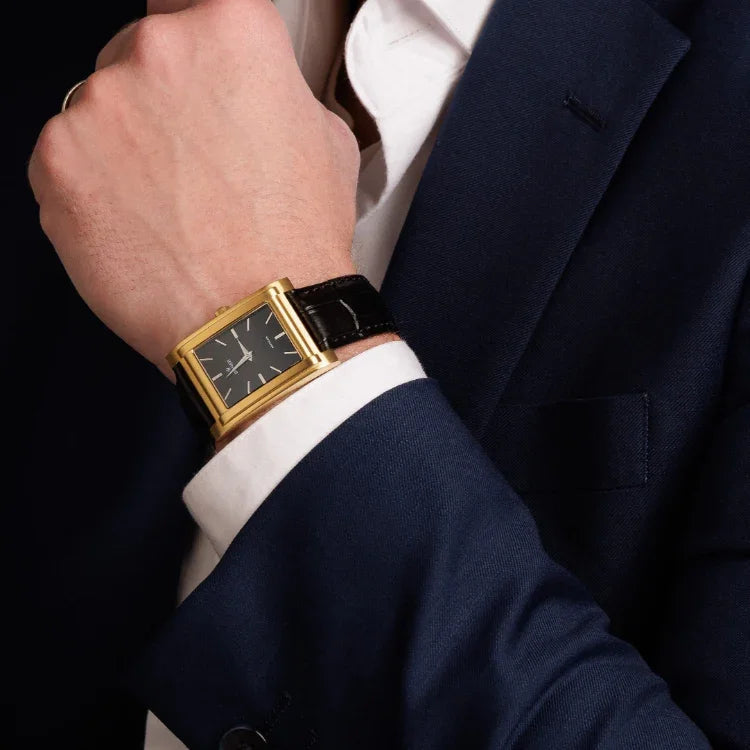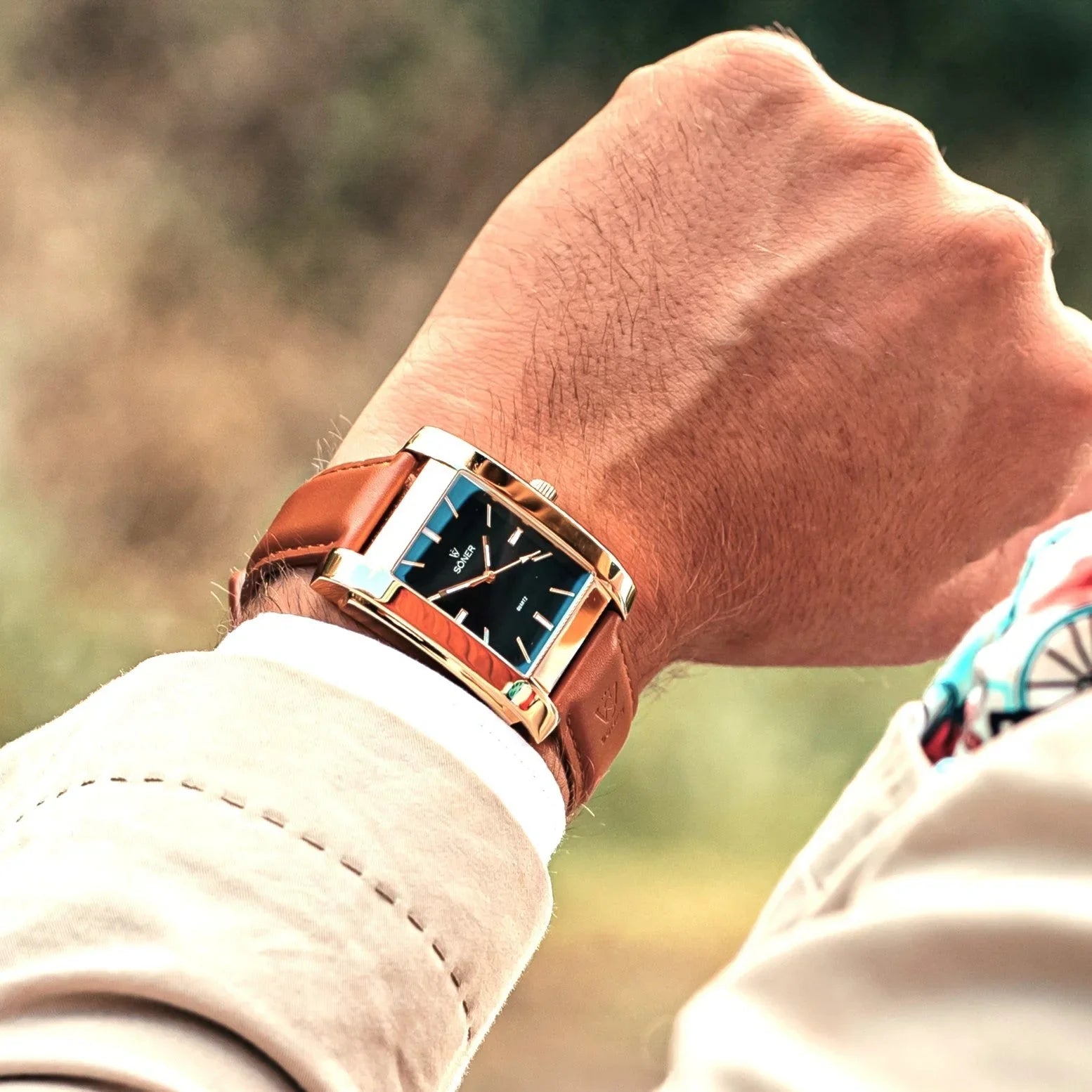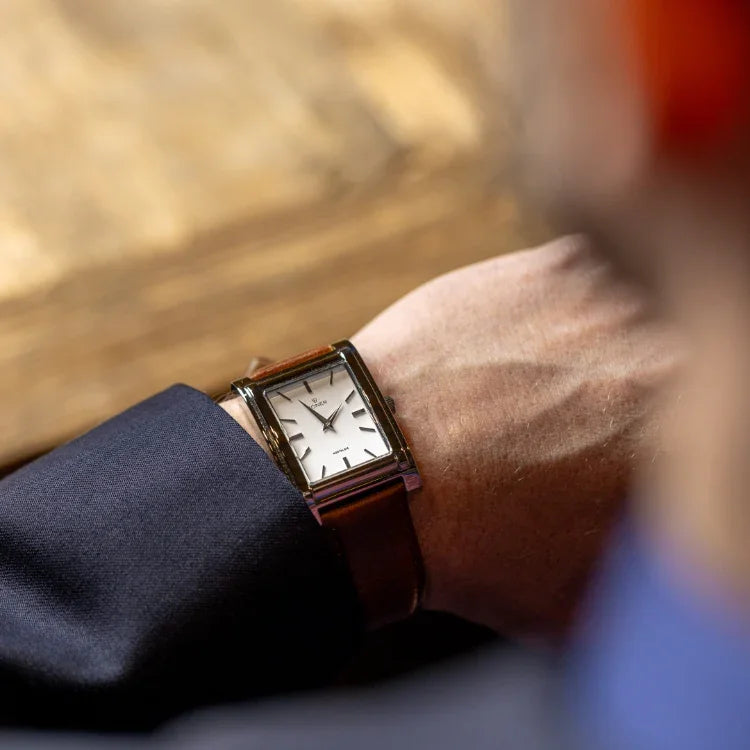Table of Contents
My Watch on the Left or Right Wrist?
Wearing a watch is more than just a practical choice; it's a fashion statement, a reflection of personal style, and sometimes even a cultural tradition. One of the most common questions that watch wearers face is whether to wear their watch on the left or right wrist. This seemingly simple decision can be influenced by a variety of factors, including comfort, tradition, and functionality. Understanding these factors can help you make an informed choice that suits your lifestyle and personal preferences.

The Traditional Approach to Wearing Watches
Historical Context
Traditionally, watches have been worn on the non-dominant hand. This practice dates back to the early 20th century when wristwatches became popular. The rationale was simple: wearing the watch on the non-dominant hand would minimize the risk of damage and make it easier to wind the watch with the dominant hand. For right-handed individuals, this meant wearing the watch on the left wrist.
Dominance and Functionality
Most people are right-handed, which has led to the common practice of wearing watches on the left wrist. This placement allows the dominant hand to remain free for tasks that require precision and dexterity. Additionally, wearing a watch on the non-dominant hand reduces the likelihood of scratches and other damage since the dominant hand is typically more active.
Modern Trends
In recent years, fashion trends have started to challenge traditional norms. Some individuals choose to wear their watch on the right wrist as a style statement or simply because it feels more comfortable. With the advent of smartwatches and fitness trackers, which often require interaction, some users prefer to wear them on their dominant hand for easier access to controls and features.

Factors to Consider When Choosing a Wrist
Comfort and Habit
Comfort is a crucial factor when deciding which wrist to wear your watch on. Some people find that wearing a watch on their non-dominant hand feels more natural, while others may have developed a habit of wearing it on their dominant hand. It's important to try both options and see which feels more comfortable for daily wear.
Watch Design and Features
The design of the watch can also influence your decision. For example, watches with large crowns or buttons may be easier to operate when worn on a specific wrist. Additionally, if you own a smartwatch, you might prefer to wear it on your dominant hand for easier access to touchscreens and other interactive features.
Professional and Social Settings
Your choice of wrist can also be influenced by your professional and social environments. In some professions, wearing a watch on the left wrist is considered more traditional and professional. However, in creative industries, there may be more flexibility to express personal style, including wearing a watch on the right wrist.
Practical Tips for Wearing Your Watch
Adjusting the Fit
Regardless of which wrist you choose, ensuring a proper fit is essential for comfort and functionality. A watch that is too tight can be uncomfortable and restrict movement, while a watch that is too loose may slide around and become a distraction. Adjust the strap to ensure a snug yet comfortable fit.
Maintaining Your Watch
To keep your watch in good condition, it's important to regularly clean and maintain it. This includes wiping down the watch face and strap, checking for any signs of wear or damage, and ensuring that any mechanical components are functioning properly. Regular maintenance can extend the life of your watch and keep it looking its best.
Switching Wrists
If you're unsure which wrist is best for you, consider switching wrists periodically. This can help you determine which option feels more comfortable and suits your lifestyle. Additionally, switching wrists can prevent the development of tan lines and reduce wear on the watch strap.

Exploring Cultural and Personal Preferences
Cultural Influences
In some cultures, there are specific customs or beliefs associated with wearing a watch on a particular wrist. For example, in certain Asian cultures, wearing a watch on the left wrist is considered auspicious. Understanding these cultural nuances can help you make a decision that aligns with your personal beliefs and values.
Personal Style and Expression
Ultimately, the choice of which wrist to wear your watch on is a personal one. It can be an expression of your individual style and preferences. Some people enjoy experimenting with different looks and may choose to wear their watch on the wrist that best complements their outfit or accessories.
Listening to Your Body
Your body can also provide cues about which wrist is best for you. Pay attention to any discomfort or strain that may arise from wearing your watch on a particular wrist. If you experience any issues, consider switching wrists or adjusting the fit to alleviate discomfort.
Conclusion
Deciding whether to wear your watch on the left or right wrist is a personal choice that can be influenced by tradition, comfort, style, and functionality. By considering factors such as dominance, watch design, and cultural influences, you can make an informed decision that suits your lifestyle and preferences. Whether you choose to follow tradition or forge your own path, the most important thing is that your watch feels comfortable and complements your personal style.
As you consider which wrist to adorn with a timepiece that reflects your unique style and preference, we invite you to explore the distinctive elegance of Söner Watches. Embrace the bold statement of individuality with our exclusive rectangular watches, each crafted with a nod to the Art Deco tradition and a commitment to perfection. For those who dare to disrupt the norm and appreciate the artistry of a watch that stands out, discover our watch collections and join the 2% who choose to wear not just a watch, but a piece of history on their wrist.




